|
- Extracted from "Records of California
Men in the War of the Rebellion, 1861 To 1867." 1890. pp
304-306.
- Transcribed by Sandy Neder.
The extraordinary horsemanship displayed by the native
Californians led to the belief that a battalion of cavalry,
composed entirely of such, would render excellent service in
Arizona. Accordingly a telegram, a copy of which is here inserted,
together with the reply, was sent to the War Department.
-
-
[Telegram.]
San Francisco, December 19, 1862.
To Adjutant-General L. Thomas:
I request authority to raise four
companies of native cavalry in the Los Angeles District,
to be commanded by a patriotic gentleman, Don Andreas
Pico.
G. WRIGHT
Brigadier-General
|
[Telegram.]
War Department, Adjustant-General's Office,
Washington, January 20, 1863.
To General Wright, San Francisco, Cal.:
Secretary of War gives authority
to raise four companies native cavalry in Los Angeles
District.
- Thomas M. Vincent,
- Brigadier-General
- Assistant Adjutant-General
|
- A favorable response having been received,
the officers were appointed and the work of recruiting the
battalion commenced. Don Andreas Pico, of Los Angeles, then
Brigadier-General of the First Brigade of California militia, was
commissioned Major of the battalion. He, however, declined the
commission, on the ground of sickness and his inability to ride on
horseback.
-
- General Pico having declined, Salvador
Vallejo was commissioned Major of the battalion. He was not
mustered as such, however, until August 13, 1864. He resigned in
February, 1865, and was succeeded by John C. Cremony, who had been
a Captain in the Second California Cavalry, and, with his company,
constituted part of the 'California Column" during its march
to, and service in, New Mexico.
-
- Considerable delay was experienced in raising
men for this battalion. Recruiting commenced in February, 1863,
but the first company was not filled up and mustered until
September seventh, same year. The other companies were not
mustered in until the spring and summer of 1864.
The battalion was stationed in various places in California, as
shown by the table published herewith. During the summer of 1865,
it was taken by Major Cremony to Arizona and stationed in the
southern part of that territory, until early in 1866, when it was
returned to California to be mustered out. The table on page 7
will give the dates of mustered in and muster out of the
companies. Companies A, B, and D were mustered out at Drum
Barracks; Company C was mustered out at Presidio, San Francisco.
-
- The records of this battalion are very
incomplete, and for that reason it is impossible to give a full
account of the service rendered by it. There seems to have been an
unusually large number of desertions from it. From one company
there were more than fifty; from another, about eighty.
The following is the correspondence and remarks on muster rolls
found relating to this battalion:
-
-
-
-
General
Headquarters, State of California
Adjutant-General's Office, Sacramento, June 2, 1864.
General: Colonel Curtis' letter has been read by me,
and in reply to your inquiry as to whether the
Governor has authorized Don Antonio de la Guerra to
raise a company, I have to state that the Governor did
not specially authorize him to raise a company, but
that he, on yesterday, concluded to accept his company
(known as the Santa Barbara Company), and has directed
commissions to issue, which has accordingly been done
and forwarded to Colonel Drum to-day, for the
following officers: Captain, Antonio M. de la Guerra;
First Lieutenant, Santiago de la Guerra; Second
Lieutenant, Porfino Jimeno.
The recommendation for the Fourth Infantry, California
Volunteers, I have duly forwarded to his Excellency
the Governor.
Respectfully, your obedient servant,
Geo. S. Evans
Adjutant-General, State of California.
George Wright, Brigadier-General U.S. Army, Commanding
Department of Pacific
|
-
-
State of
California, Executive Department
Sacramento, March 27, 1865
Colonel: I enclose a memorandum of the officers
already commissioned for the native battalion, as
appears from the books of the Adjutant-General.
I have the General's recommendation for Mr. Leese and
some other men (I think) for a commission in this
battalion.
Mr. Leese was commissioned by me as Adjutant, but
could not be mustered in.
From this date it appears that there are no vacancies
to fill; and even one or more of the Second
Lieutenants that I have appointed have not been
mustered in, for the reason that their companies were
below the minimum.
It seems to me that all these companies should be
recruited to above the minimum before they leave for
Arizona. I am informed that the companies could easily
get recruits enough to fill them up in Monterey County
if any effort was made to do it. Please call the
General's attention to the matter.
Truly yours,
F. F. Low,
Governor.
To Lieut.-Col. R.C. Drum.
-
[Inclosure.]
Company A, Rose R. Pico, Captain; Crisanto Soto, First
Lieutenant; M.E. Jimenez, Second Lieutenant.
Company B, Porfino Jimeno, Captain; John Lafferty,
First Lieutenant; J.G. Donevan, Second Lieutenant.
Company C, Antonio M. de la Guerra, Captain; Santiago
de la Guerra, First Lieutenant; ---- Coddington,
Second Lieutenant.
Company D, Edward Bale, Captain; J. Clement Cox, First
Lieutenant; Francisco F. Guiraido, Second Lieutenant.
Note: Company C is the only one that has the minimum
number of privates.
|
Remarks on Muster Roll of Company A, First Battalion Native
Cavalry, for March and April, 1865. -- Pursuant to orders from
Headquarters Benicia Barracks, Cal., a detachment of twenty-five
enlisted men in command of Second Lieutenant M.E. Jimenez,
proceeded, on the twenty-third of April, to Green Valley and
arrested and brought to confinement ten marauders. A fight ensued,
wounding private Antonio Guilman and Juan Leon, both severely.
Remarks on Return of Company B, First Battalion Native Cavalry,
for May 1865. -- First Lieutenant John Lafferty and five enlisted
men left Camp Low, San Juan, Cal., April 10, 1865, in pursuit of
the murderers Jason and Henry, per Post Order No. 3, Headquarters
Camp Low, Cal.
The following are the stations occupied by the headquarters and
various companies as gleaned from monthly returns, muster rolls,
etc.:
Field Staff
Drum Barracks, Cal.
..........................................................................December
31, 1864.
Drum Barracks, Cal.
..................................................................................April
30, 1865.
Drum Barracks, Cal.
...................................................................................May
31, 1865.
Drum Barracks, Cal.
...................................................................................June
30, 1865.
Fort Yuma, Cal.
...........................................................................................July
31, 1865.
Fort Mason, A.T.......................................................................................August
31, 1865.
Fort Mason, A.T.................................................................................September
30, 1865.
Fort Mason, A.T.
...................................................................................October
31, 1865.
Fort Mason, A.T..................................................................................November
30, 1865.
Fort Mason, A.T.
................................................................................December
31, 1865.
Company A
Camp Curtis,
Cal...................................................................................August
31, 1864.
Fort Humboldt,
Cal..............................................................................October
31, 1864.
Fort Wright,
Cal................................................................................December
31, 1864.
Fort Wright,
Cal..................................................................................February
28, 1865.
Benicia Barracks,
Cal...............................................................................April
30, 1865.
Tubac, A.T............................................................................................
August 31, 1865.
Tubac, A.T...........................................................................................October
31, 1865.
Fort Mason, A.T...............................................................................December
31, 1865.
Company B
San Francisco, Cal.
...................................................................................June
30, 1864.
Presidio, San Francisco,
Cal..................................................................August
31, 1864.
Presidio, San Francisco, Cal.
...............................................................October
31, 1864.
Presidio, San Francisco, Cal.
...........................................................December
31, 1864.
Monterey Barracks, Cal.
....................................................................February
28, 1865.
Camp Low,
Cal.......................................................................................March
31, 1865.
Camp Low,
Cal.........................................................................................April
30, 1865.
Camp Low, Cal.
..........................................................................................May
2, 1865.
Camp Low,
Cal...........................................................................................
June 1, 1865.
Fort Mason, A.
T...................................................................................
August 31, 1865.
Fort Mason, A.T....................................................................................October
31, 1865.
Fort Mason, A.T................................................................................December
31, 1865.
- Company C
Cahuenga Pass, en route for Drum Barracks,
Cal.................................August 31, 1864.
Drum Barracks,
Cal..........................................................................December
31, 1864.
Drum Barracks,
Cal.............................................................................
January 31, 1865.
Drum Barracks,
Cal............................................................................February
28, 1865.
Drum Barracks,
Cal...................................................................................June
30, 1865.
Tubac, A.T...........................................................................................October
31, 1865.
Fort Mason, A.T...............................................................................December
31, 1865.
Company D
- Drum Barracks,
Cal...................................................................................June
30, 1864.
Drum Barracks,
Cal...............................................................................August
31, 1864.
Drum Barracks,
Cal..............................................................................October
31, 1864.
Drum Barracks,
Cal.........................................................................
December 31, 1864.
Drum Barracks,
Cal...................................................................................May
31, 1865.
Drum Barracks,
Cal................................................................................June
30, 1865.
Carrisso Creek, en route via Fort Yuma to Tubac, A.T.........................July
31, 1865.
Tucson, en route for Tubac, A.T.........................................................August
31, 1865.
Fort Mason, A.T............................................................................September
30, 1865.
Fort Mason, A.T.................................................................................October
31, 1865.
Fort Mason, A.T..............................................................................December
31, 1865.
Tucson, en route for Drum Barracks,
Cal...........................................January 31, 1865.
-
-
Lives of the
California Lancers
The First Battalion of Native California Cavalry, 1863-1866
by Tom Prezelski
On July 4th 1865, two companies of an unusual
cavalry unit observed Independence Day in traditional Californio
style, with a bull-and-bear fight at a "grand arena" near
the old mission town of San Buenaventura. Neither the men nor their
officers seemed concerned that they were expected to ride in a parade
some sixty miles away in Los Angeles that very day. Nearly a week late
for their scheduled arrival at Drum
Barracks in Wilmington, the troopers had stopped for a few days of
rest and revelry-a break in a long overland march that would
ultimately take them to a forsaken post on the Arizona-Sonora border.[1]
These were men of companies A and B of the First
Battalion, Native California Cavalry. It was immediately obvious to
the casual observer that these troopers were different from the
thousands of other loyal Californians who had joined volunteer units
of the Union army since the beginning of the Civil War-more than half
the horsemen carried lances, a throwback of sorts to the proud
Hispanic heritage of California. The men themselves were heirs to that
tradition, or, as one correspondent put it, they were of the
"vaquero class ... natives of California or Mexico, and brought
up from youth on horseback and accustomed to the use of the lasso and
to simple fare and [the] rough herdsmen's life." [2]
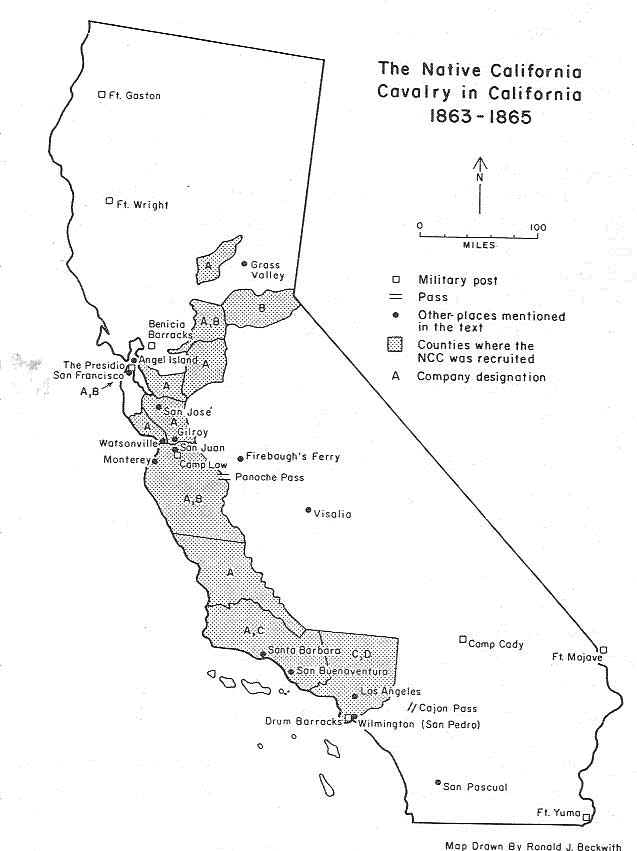
As early as 1862, California state senator
Remauldo Pacheco of San Luis Obispo and Santa Barbara counties had
observed that California's Mexican-American population (or Native
Californians in the vernacular of the day) comprised an exceptional
pool of cavalry recruits already well versed in the arts of
horsemanship and life in the field. A former officer in the Mexican
army and a Union loyalist, Pacheco was eager to give his fellow
Californios an opportunity to prove their patriotism. He proposed the
formation of a regiment of "native cavalry," which would
draw recruits from the vast ranches of Southern California and the
central coast to serve as lancers in Texas. His novel idea was well
received and, in January 1863, the War Department authorized raising a
four-company battalion.[3]
Initially, the unit was "to be commanded by
a patriotic gentleman, Don Andreas [sic] Pico" The choice was at
once inspired and ironic, for Andres Pico had commanded the Californio
lancers who humiliated a force of regular cavalry and volunteers under
Gen. Stephen Watts Kearny at the battle of San Pascual in 1846. In the
process, they not only gave the United States its only clear defeat of
the Mexican War, but also forced the previously unimpressed Americans
to recognize the skill and mettle of the California vaquero. [4]
Pico's popularity and Union loyalty made him a
good choice for the position. The aged caballero was not sufficiently
healthy, however, to ride a horse or perform many of the other duties
required of a field commander, and he never accepted his major's
commission. It was not until the recruitment of the battalion was
underway in August of 1864 that Maj. Salvador Vallejo replaced Pico.
Like Pico, the crusty Vallejo was a member of an old and established
Californio family. On the other hand, Vallejo seemed an unlikely
choice for command because of his disdain for all things Anglo. Don
Salvador was better known for his conflicts with American squatters on
his Napa Valley property than for his admiration of the Union cause.
It seems likely, given Vallejo's sentiments, that Confederate
overtures to the French backed imperialist government of Mexico drove
the dignified curmudgeon to set aside his hostility and don the blue
uniform of a United States Army officer. [5]
Even as the paper battalion languished without a
commander, a few prominent citizens, Californio and otherwise, took
the initiative and began gathering recruits for the four companies.
Jose Ramon Pico, a nephew of Andres and who later claimed to have also
fought at San Pascual, enthusiastically started the process of
organizing recruits weeks before official approval for the unit had
come back from Washington, D.C. In a flowery letter to Governor Leland
Stanford, Pico cited his credentials as a partisan Republican and,
without the slightest hint of humility, demanded a captain's
commissions [6]
Stanford granted the request, and Captain Pico
immediately gathered recruits at his personal expense. On March 3,
1863, at his headquarters on the plaza in San Jose, he spoke to an
assembled crowd in the "soul-stirring" manner for which the
men in his family were renowned:
Sons of California! Our country calls, and
we must obey! This rebellion of the southern states must be crushed;
they must come back into the union and pay obedience to the Stars
and Stripes. United, we will, by the force of circumstances become
the freest and mightiest republic on earth! Crowned monarchs must be
driven away from the sacred continent of free America!
The mention of "crowned monarchs" was
an obvious reference to the emperor Maximilian, who enjoyed not only
the support of France and conservatives in Mexico, but apparently of
the Rebel government in Richmond as well. Clearly, Pico sensed that
sentiments linking Imperial Mexico and the Confederacy as mutual
enemies of California were rife within the Spanish-surnamed
community.[7]
Pico's bluster and fiery rhetoric "infused
with martial spirit" the Native Californians of San Jose. Even
before his speech, Pico had already enlisted more than fifty recruits,
mostly from the San Jose area. Many of the Califormos showed up with
their lassos, "a novel weapon of offense. . . which they are
exceedingly expert at using on horseback." The eighty-one
recruits of Company A trained at the Presidio of San Francisco that
summer. By August, a dozen men had deserted, a sign of troubles that
would plague the battalion during its entire existence.[8]
Although the enlistees were skilled horsemen,
trained and drilled as lancers, it is unlikely that Company A was
quite what Senator Pacheco had in mind when he proposed a unit of
"native" cavalry. Many of the Spanish-surnamed recruits were
foreign born, primarily from Mexico and Chile, and seem to have been
former miners. The unit contained a number of non-Hispanic recruits as
well. A San Francisco journalist later described the company as
"truly a mixture of colors and tongues, the men rugged and
hearty-more than half being native Californians and the remainder
Mexicans, Chilenos, Sonorans, California and
Yaqui Indians, Germans, Americans, etc." [9]
In December, the colorful lances adorned with
red pennons were replaced by Sharp's carbines and Company A sailed
north by steamer to Humboldt Bay, where it joined an ongoing campaign
against the Hupa, Wintun, and other Indians in the northern region of
the state. Its duties in the redwood country included escorting
prisoners, livestock, and supply trains, but little actual fighting.
While the company was posted at Fort Gaston in February 1864, four
more men deserted and this time robbed a local civilian. A detachment
rode out in pursuit and quickly apprehended the culprits.[10]
While Company A campaigned in the northern part
of California, Capt. Ernest Hippolite LeGross was recruiting Company B
in San Francisco. A French expatriate who had served with the Corps
d'Afrique in Algeria and the Crimea, he was commissioned in part on
Pico's recommendation. Contrary to Pacheco's original vision for the
battalion, the majority of Captain LeGross's original recruits were
Frenchmen, including at least two fellow veterans from Algeria. Like
Company A, Company B was inducted into federal service at the Presidio
of San Francisco, where it remained until January 1865.[11]
Recruitment of vaqueros from the vast ranches in
the southern part of the state-the so-called "cow
counties"-did not begin until early 1864. A drought had
devastated many of the old ranches in Santa Barbara and San Luis
Obispo counties and even the prominent de la Guerra family was forced
to sell much of its vast holdings. Newly unemployed ranch hands from
the area formed the core of Company C, recruited by Capt.
Antonio Maria de la Guerra. State Senator Ramon J. Hill, a
secessionist elected from San Luis Obispo and Santa Barbara counties,
lamented the choice of de la Guerra, pointing out that he "does
not even write fluently in his own language, knows not one word of
English, knows not what figures are-but is an experienced
horseman." Still, even Hill later admitted that "the men
will not be kept together for any other captain."[12]
Company C was very much a de la Guerra family
operation, which explains its high morale and low desertion rate.
Other de la Guerras in the company included Ist Lt. Santiago de la
Guerra and 1st Sgt. Juan de la Guerra. Also present was 2d Lt.
Porfirio Jimeno, the captain's nephew and stepson of Dr. James Ord,
brother of a Union general as well as a prominent surgeon and rancher.
Educated at Georgetown University in Washington, D.C., the twenty
four-year-old Jimeno was the most intellectually well equipped of the
battalion's officers and would prove to be one of the best.[13]
Mustering of the company was delayed until July
because of rumors that raised suspicions about the officers' loyalty.
In the intervening two months, the already financially strapped
Antonio Maria de la Guerra quartered the full-strength company of
recruits at his own expense. According to the de la Guerra family and
their political allies, the rumors arose from a clique of political
rivals, who sought to diminish the de la Guerras' influence by
preventing them from receiving officers' commissions. The issue was
apparently resolved by late June and, by late August, Company C was on
the march toward' Drum Barracks. [14]
Meanwhile, Capt. Jose Antonio Sanchez had
already recruited Company D in Los Angeles. He was anxious to reverse
the work of his brother, Sheriff Tomas Sanchez, a Democratic Party
boss who, early in the war, had provided militia arms to Rebels
operating in Arizona and New Mexico. Again taking advantage of
anti-imperialist sentiment among the Spanish-surnamed Angelenos,
Sanchez enrolled eighty-nine volunteers. As with Company C, politics
and doubts about officers' loyalty delayed mustering in until March at
nearby Drum Barracks. At the same time, Juan J. Moreno, another
prominent local citizen, took the initiative in April and recruited
forty men for a Los Angeles company. But after languishing at Drum
Barracks without any word from department headquarters, Moreno and his
volunteers apparently lost interest in federal service and dispersed
by the end of May. [15]
Sanchez's enthusiasm for military service also
quickly waned. Already overwhelmed by the paperwork involved in
commanding a company, in June Sanchez and 1st Lt. Jose Redona resigned
in frustration over what they saw as poor treatment of their men,
exacerbated by a currency crisis in Los Angeles caused by an influx of
nearly worthless federal scrip. While Sanchez remained active in
promoting the Union cause in secessionist southern California, command
of his men went to Capt. Edward Bale, promoted from Company B. A
native-born Californian proficient in Spanish, Bale was respected in
the Californio community [16]
In September, de la Guerra's Company C joined
Bale's Company D at Drum Barracks. Post commander Col. James Curtis
apparently had a low opinion of the native troopers and put them to
work on a massive irrigation project to carry water from the San
Gabriel River to Wilmington. Although other officers protested the
treatment of the Californios and the use of federal soldiers for a
private project, the construction continued until January 1865 with
the troopers also marching in parades and patrolling the waterfront
and guarding federal property at nearby San Pedro amd Wilmington. [17]
Frustrated by ditch digging and the general
dullness of service, Major Vallejo resigned at the end of February,
gruffly dismissing his tour of duty as "devoid of interest."
Three weeks later, Maj. John C. Cremony transferred from the Second
Cavalry, California Volunteers, and took command of the battalion.
[18]
Although an Anglo, Cremony possessed many assets
that well-suited him for his new command. First, he was adept at
languages, including Spanish and four other tongues. Second, the
colorful officer and sometime journalist seemed to understand and have
a fondness for the Californios, even affecting the flamboyant dress of
a vaquero. Third-and perhaps most important in the coming year-he was
a veteran campaigner in Apacheria, including a stint (1851-1852) as
interpreter for the Bartlett Boundary Commission, as well as his more
celebrated (and exaggerated) role with the California Column in 1862.
[19]
As it happens, Vallejo quit just as things were
becoming more interesting for the battalion. In November of 1864,
bandits John Mason and Jim Henry held up a stage on the road from
Watsonville to Visalia, killing three men and vowing to "slay
every Republican they would meet." Under the pretense of being
Confederate guerrillas, Mason's and Henry's gang terrorized Monterey
County and its environs for the next several months.[20]
Company B, newly posted to Camp
Low at San Juan, comprised the entire cavalry force in the county.
In a letter to Governor Frederick Low, post commander Maj. Michael
O'Brien, Sixth California Infantry, described the arrival of the
troopers in late January 1865:
The gay and gallant Spanish lancaroes [sic]
came dashing through the town with the lances in their hand, a flag
flying from each of them. I assure you that they presented a warlike
appearance, the people here had never seen a soldier in their
lives-Yes sir! they even stampeded the Spanish cattle that were so
poor before that they could scarcely stand alone.
Shortly thereafter, O'Brien received
intelligence about the location of Mason's and Henry's hideout. Early
one Sunday morning a detachment of a dozen Native cavalrymen under 1st
Lt. John Lafferty rode out to find the bandits. Unfortunately,
Lafferty was unsuccessful and the gang continued its depredations.[21]
Meanwhile, drastic changes were taking place for
Company B. In March of 1865, Captain LeGross resigned in the face of
declining morale that produced forty desertions in a little less than
a year. Promoted from Company C, Capt. Porfirio Jimeno, the new
company commander, replaced the mostly French and Anglo deserters with
Hispanic recruits. This improved morale somewhat by making the company
more "native" in character.[22]
In April, word arrived at San Juan that the
Mason-Henry gang had struck at Firebaugh's Ferry. Captain Jimeno,
temporarily in command of Camp Low, sent Lieutenant Lafferty and a
detachment of five men in pursuit of the bandits. Hoping to cut off
the gang at Panoche Pass, the lancers rode south along the western
flank of the Diablo Range and encountered Mason the next morning. As
the bandit spurred his horse in a desperate attempt to escape,
Lafferty fired, wounding Mason in the hip and felling his mount with a
single bullet. Although the soldiers captured the outlaw's horse,
somehow Mason managed to elude them. At six that evening, Lafferty and
his troopers returned to Camp Low with the horse in tow. Captain
Jimeno boldly vowed to continue the pursuit of Mason and Henry,
unaware that he and his new command soon would be otherwise occupied.[23]
Similar troubles erupted in the Mohave Valley,
where secessionist sentiment ran high, and Chimehuevi Indian
depredations plagued the local residents. In response, Captain Bale
and Company D were sent to Camp
Cady on the road from Cajon Pass to Fort Mohave. Only thirty of
Bale's men were mounted as cavalry; the bulk of the company served on
foot and was equipped with model 1842 muskets left over from the
Mexican War. The Californios performed routine garrison and patrol
duties through March and were back at Drum Barracks by April 9, in
time to prepare for a new assignment.[24]
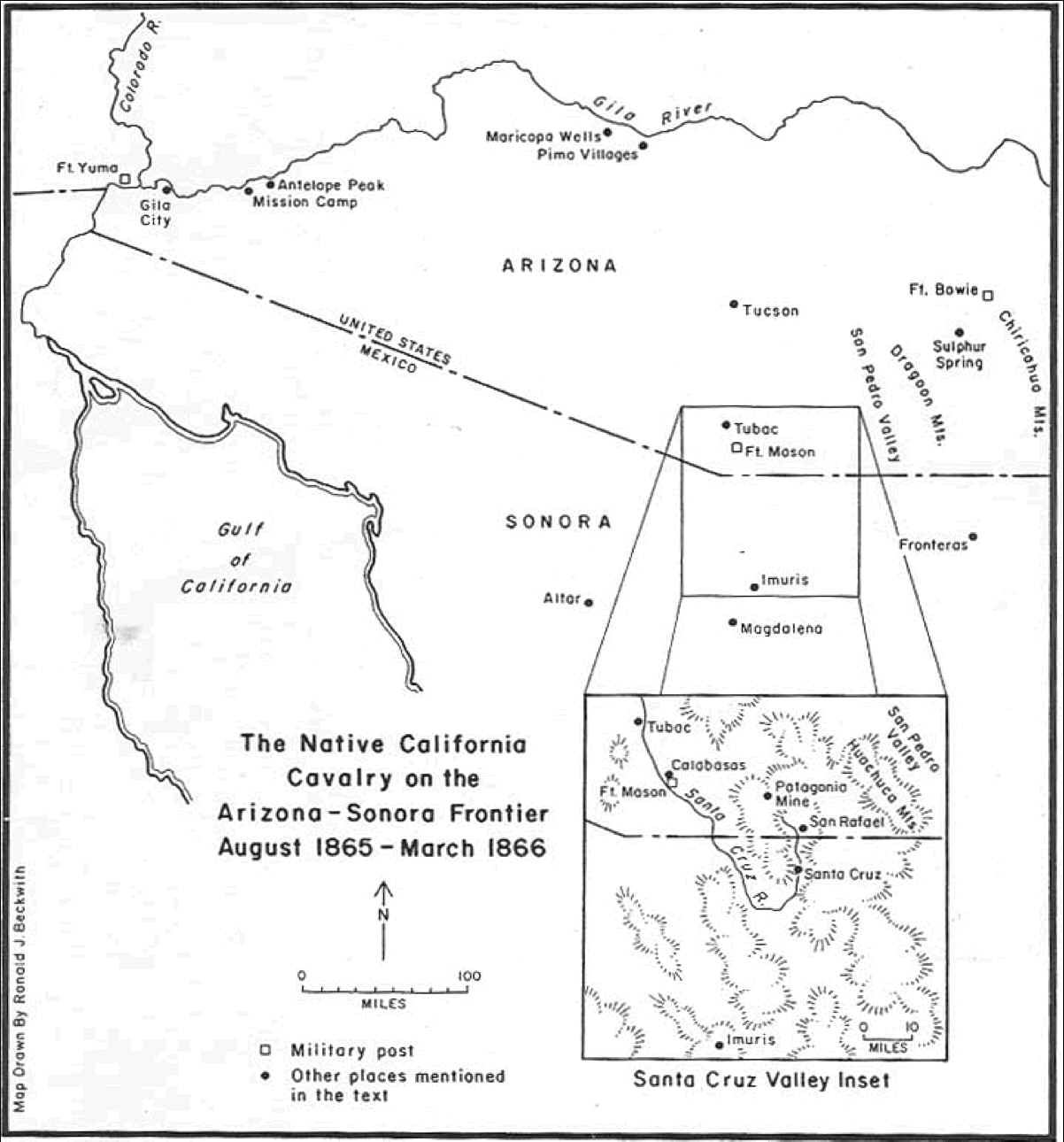
In March 1865, Brig. Gen. John S. Mason, newly
appointed commander of the District of Arizona, announced that the
battalion of Native Cavalry would be traveling east to fight Apaches.
Company A assembled at Benicia Barracks on the mouth of the Sacramento
River in early April, where it began preparations for the nearly
thousand-mile march. Meanwhile, Major Cremony arrived at Camp Low with
headquarters and Company B.[25]
Reports of President Abraham Lincoln's
assassination reached the West Coast on April 15, delaying the
departure of the two Native companies. Major Cremony, Captain Jimeno,
and Lieutenant Lafferty served on the committee that planned Monterey
County's memorial observance, and on April 19, Company B participated
in a procession through the streets of San Juan. Meanwhile,
detachments of both companies were assigned to quell violence and
arrest men caught "rejoicing" at the news of the president's
death. Disturbances occurred across the state, and in response,
detachments were sent as far away as Grass Valley, where twenty-five
troopers of Company A under Lt. Marcelino Jimenez arrested ten
individuals after a skirmish that left two Native Cavalrymen wounded.[26]
By June, companies A and B were united at San
Juan. On June 3, the eve of the Californios' scheduled departure for
Arizona, two secessionists arrested in the wake of President Lincoln's
death escaped from the Camp Low guard house. Major Cremony detailed
both companies to hunt for the fugitives. After a week of fruitless
searching, on June 16, troopers began the long march that would take
them first to Drum Barracks and then to their new station at Tubac,
Arizona Territory. Although they were expected at Drum Barracks by the
Fourth of July, the cavalrymen marched leisurely south along the
coast, their pace slowed not so much by their sizeable stock train
that included "14 fine mules and some 300 horses," as by
their frequent stops for fandangos and bull-versus-bear fights.[27]
The arrival of Major Cremony's column at Drum
Barracks on July 9 represented the first time that the First
Battalion, Native California Cavalry, was assembled in one place.
Companies C and D were now fully mounted and armed, thanks in part to
Captain Pico's uncle, don Pio Pico, who supplied the garrison with
horses. Capt. Thomas Young, a veteran of service in New Mexico and
Arizona, was now in command of Company D, replacing Captain Bale who
had resigned in May. [28]
Like the California Column three years earlier,
the Native California Cavalry departed at staggered intervals in order
to conserve water and forage on its journey across the desert. Company
A left Drum Barracks on July 13, followed by Company B on the
fifteenth and Company D on the twenty-first. For reasons that are
unclear, Company C with Major Cremony and his staff remained behind
until September. During the two-week march to Fort Yuma, the three
companies spread out for seventy-five miles along the famous Overland
Road. [29]
Captain Jimeno, for one, questioned the wisdom
of crossing the Mojave and Sonoran deserts in July and August. In a
letter home, the gloomy and cynical commander of Company B warned his
uncle Pablo de la Guerra of the perils of such a journey:
For Heaven's Sake never come out here if
you can help it; you will surely melt. Thermometer every day in the
shade 112 to 116-wind none-Scorpions thick as molasses, flies still
worse and when we want to drink cool water we have to boil it and
drink it immediately or else it will get hotter. Es imposible dan
una description de esta punto. [30]
Dallying at Fort Yuma only long enough to
bivouac for a few days, the Californios continued on toward Tubac. The
route would have been familar to the ancestors of most of the
California-born men of the battalion, as well as to many of the
troopers of Mexican birth, since it was the same route they had
followed in the opposite direction from Sonora to California years
before. On August 9, Company D once again took up the rear of the
column, escorting a supply train that included two light artillery
pieces.[31]
Six men deserted Company A during the first five
days out of Fort Yuma,
while Company B lost twenty men. Because the desertions occurred as
the column passed through the lower Gila Valley, where the prosperous
but short-lived mining camp of Gila City had existed only a few years
before, it may be that the abscounders, some of whom were ex-miners,
ran away to try their hand at placer mining, either near Gila City or
a few days north at La Paz. It is also possible that some of the
fugitives fled south along the Camino del Diablo, which linked up with
the Overland Road in the same area, and sought sanctuary in Sonora.[32]
A night march across the forty-mile desert, a
week or so out of Fort Yuma, brought Company D to the Maricopa
villages. After more than three weeks on the trail, the Native
cavalrymen cast envious eyes on the melons ripening in the fields.
According to 1st Sgt. Juan Robarts, the "men having a sneaking
regard for the fruit," but having no hard currency, paid the
enterprising Indians with "their shirts, drawers, and other
articles of apparel." In Robarts's estimation, the Maricopas
"got the best of every trade that was made."
Arriving in the Old Pueblo on August 30, Robarts
had nothing nice to say about what he sarcastically referred to as the
"flourishing and extensive city of Tucson." After a day's
rest, Company D resumed its march south on September 1. Two nights
later, a corporal on guard duty spotted "eight or ten"
Apaches, the Califormos' first encounter with the desert warriors.
Apparently the Indians had "only come to see if they could find a
horse or mule loose, or picketed outside of camp," and nothing
came of the brief sighting.[33]
The following day the Los Angeles company
arrived at Tubac, only to find the ancient presidio all but abandoned
and the military post moved a dozen miles south to the old hacienda of
Calabasas. There they joined companies A and B and three companies of
the Seventh Infantry, California Volunteers, all under the command of
Lt. Col. Charles Lewis, a competent and decisive officer who led the
"Hungry Seventh." [34]
Named Fort Mason after Gen. John S. Mason, who
commanded the District of Arizona from his Fort Whipple headquarters
near Prescott, the new post could hardly be called a fort, consisting
instead of tents and brush shelters and only a few permanent
buildings. The site, selected by Colonel Lewis, was the former
location of Camp Moore, occupied by two companies of the First
Dragoons for a few months in 1856.
Lewis probably did not foresee the problems that
would plague Camp Mason. Unusually heavy monsoon rains in August and
September swelled the Santa Cruz River and its tributaries. Water that
accumulated in the arroyos and cienegas provided an ideal environment
for mosquito-borne fever that prostrated the garrison throughout the
fall and winter. Five enlisted men of the Native California Cavalry
and two of its officers, 1st Lt. Crisanto Soto of Company A and Capt.
Thomas A. Young of Company D, eventually died of the disease. At one
point, between one-third and one-half of the garrison was laid low.
The fever slowed construction of the post to a near standstill and
delayed serious forays against the Apaches.[35]
Despite its problems, Fort Mason was
strategically located on the most important road leading from Tucson
into Sonora. Stationed at an important listening post less than ten
miles from the border, the men of the Native California Cavalry found
themselves only a few hours ride from Mexico, a nation occupied by a
foreign power and mired in turmoil that threatened the United States.
Sonora was so far removed from Mexico's central
government that in many ways it was effectively independent. The
political chaos that consumed the rest of the country did not leave
the frontier province untouched, however. Governor Ignacio Pesquiera,
a Liberal of convenience, had been fighting to retain the governorship
since 1855 against partisans of his predecessor, Conservative Manuel
Gandara, who sought forcibly to unseat him. Gandara's support
collapsed in 1861, and he was exiled just in time to miss the coming
French invasion.A supporter of the Republicans under President Benito
Juarez, Pesquiera was friendly to the Union cause during the American
Civil War. He resisted overtures from Confederate agents and
cultivated friendships with federal officers, including Colonel Lewis
and Col. James Carleton of the California Column. These amicable
relationships were born not only out of pragmatism, but also out of
partisanship, for the French-backed Imperialists maintained ties with
the Confederacy, while the Union generally favored the Republican
faction. [36]
While Sonora remained more or less unaffected by
the war in central Mexico, Pesquiera managed to retain his
governorship during the early part of the French Intervention. That
changed in 1865 when French regulars landed at Guaymas in hopes of
seizing the fabled Sonoran silver mines and using the loot to defray
the high cost of supporting Maximilian's monarchy. The French
movements alarmed United States officials in California, who had
received reports that the Imperialists sought to overturn the Gadsden
Purchase and reclaim Arizona. Sonoran Conservatives were encouraged.
They assisted a small-but-disciplined foreign force in destroying
Pesquiera's ragtag and demoralized army, forcing him
to flee to the safety of his friends north of the border.
Major Cremony, who was not yet present at Fort
Mason, later wrote an account of Pesquiera's September 6 arrival at
the post that seemed to imply that the exiled governor stumbled into
American territory with a force of French regulars in rapid pursuit at
his heels. The reality seems to have been somewhat different.
Accompanying the governor was a sizeable entourage that included his
family, sheep, goats, a thousand head of cattle, a hundred horses, and
a military escort. Col. Federico Ronstadt, an infantry officer in the
Republican army, rode ahead of the party and requested permission to
camp in the valley below Fort Mason. According to Sergeant Robarts of
Company D, "Colonel Lewis replied that he and his officers would
do themselves the honor to wait on the Governor of Sonora, which
accordingly they did, and offered the protection and hospitality of
the post." Pesquiera camped with his entourage in the shadow of
the fort before briefly taking up residence at the nearby hacienda of
Calabasas. He then moved on to Tubac and established a sort of capital
in exile, where he could gather financial resources and recruits for a
new army. [37]
Meanwhile in Sonora, Jose Moreno, prefect of the
military district of Altar, moved "300 or 400 Mexican
Imperialists" to Magdalena, some fifty-five miles south of Fort
Mason, apparently with the intention of crossing the border to seize
the governor. Colonel Lewis belligerently declared, "Let him come
and try it!" War seemed inevitable, and the boredom and misery of
garrison life only amplified the tension. [38]
The situation may have been too much for fifteen
men of companies A and B, who deserted shortly after Pesquiera's
arrival and fled south with thirty horses and "numerous"
pistols and carbines. Receiving word that the deserters were at
Magdalena, Captains Pico and Jimeno, along with Lt. William Emery of
the Seventh
California Infantry and thirty men of Company A, Native California
Cavalry, set out to recover the deserters and the stolen property.
A two-day ride brought the detachment to the
outskirts of the Sonoran community, where Captain Pico sent Emery
forward as a messenger. Impatient for Emery's return, Pico selected
eight to ten men and charged into the town. Stopping in front of
Prefect Moreno's office, the Californio boldly demanded the return of
the deserters and stolen property, as well as safe passage for himself
to Altar and Hermosillo. During the ensuing heated argument, Pico
arrogantly declared that as an American officer, he did not recognize
the Imperial government. A crowd that assembled in the plaza cheered
the blue-coated invaders. Like everyone else in Magdalena, Moreno
assumed that Pico was there to start a fight. Consequently, he
assembled ten to twenty cavalrymen in a line opposite the Californios
and sent for an infantry detachment camped nearby. "A single gun
fired at this moment would have started a general fight," one
California soldier later wrote.
For some reason, perhaps the intervention of the
cooler headed Lieutenant Emery, the situation calmed somewhat and
Prefect Moreno agreed to send a courier to Hermosillo for
instructions. Captain Pico, for his part, agreed to send Captain
Jimeno and the bulk of the detachment, who still remained outside the
town, back across the line. During the eight-day wait for the
messenger to return, Republican sympathizers in Magdalena treated
Pico, Emery, and the small escort of Native cavalrymen who had been
permitted to stay with them to "three fine dinners." Pico's
request for safe passage into the Sonoran interior was refused and the
proud Californian was forced to return home empty-handed. On the way
back, the Californios spotted five Apaches in the hills overlooking
the road. So that the expedition would not be a total loss, Pico
ordered his troopers to give chase. Lieutenant Emery narrowly escaped
injury as his horse lost its footing on the steep and rocky incline.
Captain Pico burned himself severely when his pistol discharged as he
fell with his horse. The incident no doubt humiliated Pico, who had a
reputation as one of California's finest horsemen. He called off the
chase and the humbled Californians returned to Fort Mason on September
15. The next day, word arrived that Moreno's men had auctioned off the
federal property the deserters had stolen. [39]
In the wake of Imperialist protests against
Pico's belligerent behavior and an apparent accompanying buildup of
French and Imperialist troops near the border, Colonel Lewis
established an outpost at Sylvester Mowry's recently abandoned
Patagonia mine and sent a twenty-man detachment from Company D to
patrol the line. Meanwhile, a rumor reached California that Pico was
being held prisoner in Mexico and would be executed by the
French-backed Imperialists at Hermosillo. [40]
Major Cremony finally arrived at Fort Mason,
together with Captain de la Guerra and Company C, in early November. A
three week delay at Fort Yuma-possibly due to flooding-and Cremony's
visit with the ailing Governor Pesquiera at Tubac had slowed the march
from Drum Barracks. Now the Native California Cavalry battalion was
once again assembled, just in time to respond to a threatened
Imperialist invasion of southern Arizona. [41]
Late on the night of November 24, word reached
Fort Mason from Patagonia that a large Sonoran force had attacked the
ranching community of San Rafael, just north of the border. About 350
Opata volunteers under the command of Col. Refugio Tanori, an Opata
leader commissioned in the Imperial Army, had crossed the line on an
apparently botched raid that left an American citizen wounded.
Believing that the raid was an attempt to capture Pesquiera, Major
Cremony quickly assembled a detachment from companies C and D and rode
across the Patagonia Mountains, reaching San Rafael early the next
morning. From there, Cremony crossed the border and entered the town
of Santa Cruz, where he learned that Tanori's command had retreated
farther south. The major sent ahead 1st Lt. Edmund W. Coddington of
Company D and ten troopers to make contact with the Imperialist
colonel. After a forty-mile ride, the troopers reached Imuris only to
find that Tanori and his irregulars had melted into the countryside.
After resting a few days at Santa Cruz, the command returned to Fort
Mason, where it arrived on November 30. [42]
By the time of Tanori's raid, the French
regulars had largely withdrawn from Sonora. Pesquiera and the
Republicans, while, had successfully raised a small army to challenge
Imperialist authority in the frontier state. Increasingly through
December and January, Republican forces engaged the Imperialists in
battle in the heart of Sonora. Although the war was far from over, the
Imperialists would never again molest the northern regions.[43]
At the same time, frontier privations and the
especially miserable conditions at Fort Mason took their toll on the
men of the Native California Cavalry. Company returns signed by
Cremony in December show a battalion that, although fairly well
disciplined, was scarcely ready to fight. Arms for companies B, C, and
D, including the distinctive lances that were once such a source of
pride, were listed as unfit for service. Accoutrements and clothing
were also in bad shape. Despite the Californios' evident unreadiness
for field service, General Mason was contemplating a campaign against
Cochise that involved the 'men of Fort Mason. [44]
For much of the Native Cavalry's service at Fort
Mason, the much-talked-about Apaches were nowhere to be seen in the
Santa Cruz Valley. A few patrols caught glimpses at a distance of
small parties of less than a dozen, and Captain Jimemo reported
killing one Apache in a brief exchange in October. Cochise had greatly
curtailed his activities north of the border, partly in response to
the troop buildup during the summer and fall that accompanied General
Mason's arrival in Arizona. [45]
Mason's plan called for troops from Forts Mason
and Bowie to conduct a two-pronged campaign against the Chiricahua
Apaches. Colonel Lewis's command, including men from the Native
Cavalry and his own Seventh California Infantry, started from Fort
Mason in late December, then split into three detachments that scouted
the San Pedro Valley and the Huachuca and Dragoon mountains. Captain
Jimeno's cavalry tracked a party of Apaches to an encampment at
Sulphur Springs on Christmas Eve. Attacking from ambush, the
Californios killed one Indian, wounded two others, and scattered the
remainder.
Several days later, Lewis and the rest of the
expedition joined Jimeno's troopers at the ambush site. Striking north
and west, the California Volunteers eventually reached Fort Bowie,
where they were joined by noted scout Merejildo Grijalva. By January
6, the command was in the field again, tracking Cochise's band in: the
Chiricahua Mountains. Although at one point the Californios observed
sixty to seventy warriors at a distance, the Apaches constantly
remained a few steps ahead of Lewis's troops. The pursuit continued as
far south as Fronteras, Sonora, where the frustrated colonel turned
back toward home, blaming the expedition's failure on Captain Jimeno,
despite the fact that the Native troopers produced the only tangible
success of the campaign. Fortunately for Jimeno, department
headquarters in San Francisco, unaware that the Chiricahua Apaches had
largely withdrawn from Arizona in the pervious months, proclaimed the
expedition a success, since it appeared to them that Cochise had been
driven into Mexico. [46]
Even before Major Cremony arrived at Fort Mason
back in November, orders had been issued for the dissolution of his
battalion. On October 21, 1865, department headquarters at San
Francisco instructed the Native California Cavalry to return to Drum
Barracks for mustering out. By early December, detachments that had
remained behind to guard federal property at Camp Low, the Presidio,
and Angel
Island had been relieved by regular troops and discharged. A few
more months would pass, however, before regulars arrived in Arizona.
So the bulk of the battalion remained at Fort Mason until late
January, when it began its long march home. [47]
Reaching Tucson on January 31, 1866, the
Californios retraced their route along the Overland Road to the
Colorado River opposite Fort Yuma, where high water from heavy autumn
rains forced them to stop for over a week. As soon as they were able
to ford the river and reach the fort, the battalion split up, with
companies A, B, and D marching overland to Drum Barracks, while Major
Cremony and Company C boarded a steamer for the Presidio. The Santa
Barbara company may have received this special treatment because of
the poor health of Captain de la Guerra. Suffering from a social
disease that he caught some time during his service, the captain had
been confined to quarters during much of his stay at Fort Mason and
was likely unable to withstand the rigors of a road march. [48]
Lagging behind the other two companies traveling
over land, Company D reached Drum Barracks on March 8, joining
companies A and B who had arrived there a week earlier. Captain Jimeno
and Company B were mustered out on March 15; the other two companies
were discharged five days later. One news paper correspondent tersely
summarized the Californios' tour of duty. "They have done good
service," he wrote. [49]
The journey home for Major Cremony and Company C
took somewhat longer. Together with a company of the Seventh
California Infantry and two companies from the Second California
Infantry, the remaining Californios boarded a Colorado River steamer
at Fort Yuma and sailed south to Cabo San Lucas at the tip of Baja
California. After a few days stopover, they continued the voyage
around the peninsula and then north to San Francisco, where they
docked on March 27. [50]
At the Presidio on April 2, the men of Company C
were mustered out, given their back pay, and let loose in San
Francisco, where they were "to be seen on every street corner. .
. spending their greenbacks with great liberality." The
ex-lancers, threadbare after their frontier service, spent most of
their newly issued scrip at clothing stores. [51]
The veterans of the Santa Barbara company were
welcomed home with a parade down the dusty lane that would become
State Street and a two-day fiesta in De La Guerra Plaza. The events of
the Civil War and their political fallout had given the old families
of Spanish California power and prestige that they had not enjoyed
since the American conquest. Now, the return of the vaqueros, who had
served their country in the best tradition of the valiant lancers of
San Pascual, gave the Californios a chance to celebrate this brief
moment when the glory and romance of Old California seemed restored.
Perhaps they knew that it was not to last. [52]
Porfirio Jimeno was offered a commission in the
postwar regular army, but turned it down. Instead, he went to Mexico,
possibly to join members of his father's family, or, according to some
reports, throwing in with the American Legion of Honor, a band of
ex-California Volunteers who aided the Republican cause in Mexico.
Either way, he died a commissioned officer in the Mexican Army at
Mexico City in 1870. [53]
Antonio de la Guerra continued to suffer from
the illness he contracted in the service. Treated with injections of
mercury, he died blind and toothless at age fifty-six in 1881. [54]
The other officers and men of the Native
California Cavalry returned to their civilian lives. Like most of the
California Volunteers, they faded into obscurity, forgotten by nearly
everyone except when the proud veterans appeared at the battalion
reunions held at Drum Barracks until 1923. The last Californio lancer,
1st Sgt. Juan de la Guerra of Company C, died at Santa Barbara in
1945. [55]
Well before Sergeant de la Guerra's death, the
tradition that the Native Cavalry represented had become a throwback,
seen only in popular novels like Ramona and The Mark of Zorro. Even as
the battalion served in California and Arizona, the big ranches were
being broken up and sold. The end of the war brought an influx Anglos
ignorant of California's past and thus unable to respect the
contributions of their Spanish-surnamed predecessors. The charge of
the lancer, with brilliant pennon fluttering in the wind blowing in
from the sea, had become as quaint a romantic notion as the sprawling
rancho and the vaquero. The service of the First Battalion of Native
California Cavalry was one last chance for the proud California
vaquero to ride into glory. [56]
Footnotes
1. San Francisco Bulletin, July 11, 1865;
Wilmington Journal, July 1, 8, 1865.
2. Officially, the armament of the lancer
companies of the Native California Cavalry consisted of a Colt army
revolver, a saber, and a lance manufactured at the Benicia arsenal.
Special Order 65, Headquarters, District of Southern California, Drum
Barracks, in The War of the Rebellion: A Compilation of the
Official Records of the Union and Confederate Armies, 70 vols. in
128 pts. (Washington, D.C.: Government Printing Office, 1880-1901),
Series I, vol. 50, pt. 2, p. 1035 (hereinafter cited as O.R.); San
Francisco Bulletin, July 8, 1865.
3. Richard H. Orton, Records of California
Men in the War of the Rebellion (Sacramento: State of California,
1890), p. 304; Sacramento Union, January 28, 1863.
4. Orton, Records of California Men, p.
304; Leonard Pitt, The Decline of the Californios: A Social History
of Spanish-Speaking Californians, 1846-1890 (Berkeley: University
of California Press, 1966), p. 34.
5. Orton, Records of California Men, p.
304; Pitt, Decline of the Californios, pp. 230, 233.
6. Wilmington Journal, March 10, 1866 J.
R. Pico to Governor Stanford, San Jose, January 2, 1863, Box 6,
Military and National Guard Collection (MNG), California Archives,
Sacramento.
7. Alta California (San Francisco), March
11, 1863
8. Ibid., March 11, 20,1863; Orton, Records
of California Men, pp. 307-310.
9. Muster and Descriptive Roll, Native
California Cavalry (NCC), MNG; San Francisco Bulletin, July
8, 1865.
10. Aurora Hunt, The Army of the Pacific: Its
operations in California, Texas, Arizona, New Mexico, Utah, Nevada,
Oregon, Washington, plains region, Mexico, etc. 1860-1866 (Glendale,
Calif.: The Arthur H. Clark Company, 1951), pp. 246-48; A. J. Bledsoe,
Indian Wars of the Northwest: A California Sketch (Oakland,
Calif.: Biobooks, 1956), pp. 234, 249-51; Alta California,
February 18, 1864.
11. San Pose Patriot, January 18, 1863.
J. R. Pico to Governor Stanford, September 9, 1863, Box 6; and Muster
and Descriptive Roll, Company Returns, Company B, NCC, both in MNG.
12. A. Dibblee Poett, Rancho San Julian: The
Story of a California Ranch and Its People (Santa Barbara: Futhian
Press, 1990), pp. 3-38. Maj. S. Vallejo to Lt. Col. Richard C. Drum, Drum
Barracks, April 13, 1864; Raymond Hill to Governor Low, Santa
Barbara, April 24, 1864; Hill to General Kibbe, Santa Barbara, May 16,
1864, Box 7, MNG. Muster and
Descriptive Roll, Company C, NCC, ibid.
13. Constance Wynn Altshuler, Cavalry Yellow
& Infantry Blue: Army Officers in Arizona Between 1851 and 1886
(Tucson: Arizona Historical Society, 1991), pp. 178-79; Stella
Haverland Rouse, "Civil War Volunteers," Noticias
(Santa Barbara Historical Society), vol. 27 (Fall 1981), pp. 58-59.
14. Pablo de la Guerra to Low, Los Angeles, May
26,1864; W. G. Still to Low, Los Angeles, May 27, 1864, Box 7, MNG.
Alta California, June 18, September 11, 1864.
15. Pitt, The Decline of the Californios,
p. 231. Jose J. Moreno to Low, Los Angeles, April 28, 1864; Still to
Low, May 27, 1864, Box 7, MNG. Post Returns, Drum Barracks, March
1864, Records of the U.S. Army Commands (RUSAC), Record Group 94,
National Archives.
16. William P. Reynolds to Low, Los Angeles,
June 9, 1864, Box 7; Vallejo and Pico to Stanford, Presidio of San
Francisco, November 30, 1863, Box 6, MNG. Alta California,
June 24, 1864. Post Returns, Drum Barracks, July 1864, RUSAC.
17. Post Returns, Drum Barracks, September 1864,
RUSAC; Reynolds to Low, Los Angeles, March 28, 1864, Box 7, MNG; Wilmington
Journal, January 14,1865; Haverland Rouse, "Civil War
Volunteers."
18. Pitt, Decline of the Californios, p. 233;
Orton, Records of California Men, p. 301.
19. Altshuler, Cavalry Yellow & Infantry
Blue, p. 85.
20. Parajo Times (Watsonville), November
12, 1864.
21. Alta California, January 24, 1865; Michael
O'Brien to Low, Camp Low, San Juan, February 1, 1865, Box 8, MNG.
22. Vallejo to Low, Drum Barracks, February 23,
1865; Captain de la Guerra and Lieutenant Jimeno to Low, March 17,
1865, Box 8, MNG. Orton, Records of California Men, pp.
310-14.
23. Alta California, April 12, 13, 1865.
24. OR., pp. 1150-51; Post Returns, Drum
Barracks, March and April 1865, RUSAC.
25. Sacramento Union, March 11, 1865; Alta
California, April 12, 1865.
26. Pajaro Times, April 29, 1865; Sacramento
Union, April 28, 27, 1865; Alta California, May 14, 1865;
Orton, Records of California Men, p. 305.
27. Monterey Gazette, June 9, 1865; San
Francisco Bulletin, July 8, 1865.
28. Post Returns, Drum Barracks, July 1865,
RUASC. Alta California, April 12, 1865. Company Returns,
Company D, NCC, June 1865, MNG; Gilbert C. Smith to Low, May 24,
1865, Box 9, ibid.
29. Wilmington Journal July 29, 1865; Post
Returns, Drum Barracks, July-August 1865, RUSAC.
30. Jimeno to Pablo de la Guerra, August 3,
1865, Folder 554, de la Guerra Collection, Santa Barbara Mission
Archives.
31. Los Angeles Tri-Weekly News, October
24, 1865.
32. Orton, Records of California Men, pp.
307-314.
33. Los Angeles Tri-Weekly News, October 24,
1865.
34. Ibid.; Constance Wynn Altshuler, Chains of
Command: Arizona and the Army, 1856-1875 (Tucson: Arizona Historical
Society, 1981), pp. 41-44.
35. Constance Wynn Altshuler, "Camp
Moore and Fort Mason," Journal of the Council on Abandoned
Military Posts, vol. 26 (Winter 1976), pp. 34-36; Sacramento
Union, October 19, 1865.
36. Rodolfo F. Acuiia, Sonoran Strongman:
Ignacio Pesquiera and His Times (Tucson: University of Arizona
Press, 1974), pp. 79-87.
37. John C. Cremony, "How and Why We
Took Santa Cruz," Overland Monthly, vol. 6 (April 1871), pp.
335-40; Los Angeles Tri-Weekly Times, October 24, 1865; Thomas
Edwin
Farish, History of Arizona, vol. 4, p. 118, typescript, Special
Collections, University of Arizona Library, Tucson; Edward F. Ronstadt,
ed., Borderman: Memoirs of Federico Jose Maria Ronstadt
(Albuquerque: University of New Mexico Press, 1993), p. 4.
38. San Francisco Bulletin, October 23,
1865.
39. Ibid.; Sacramento Union, October 19,
1865; Los Angeles Tri-Weekly News, October 24, 1865.
40. Returns, Company D, NCC, October 31 to
December 31, 1865, MNG; Porfirio Jimeno to Josefa Maria de la Guerra,
October 30, 1865, Folder 551, de la Guerra Collection; San
Francisco Bulletin, October 23, 1865.
41. Muster Roll, Field & Staff, NCC, August
31 to October 1865, MNG; Cremony, "How and Why We Took Santa
Cruz," p. 337.
42. Cremony, "How and Why We Took Santa
Cruz," pp. 337-40; Wilmington Journal, December 30,
1865.
43. Acuna, Sonoran Strongman, pp. 87-93.
44. Returns, Companies A, B, C, and D, NCC, MNG.
45. Jimeno to Josefa Maria de la Guerra, October
30, 1865, Folder 551, de la Guerra Collection.
46. Edwin R. Sweeney, Cochise: Chiricahua
Apache Chief (Norman: University of Oklahoma Press, 1991), pp.
239-40.
47. Sacramento Union, October 26, 1865; Los
Angeles Tri-Weekly News, December 15, 1865; Returns, Company B,
December 1865, NCC, MNG.
48. Wilmington Journal; February 17,
March 17, 1865; Returns, Company D, January 31, 1866, Company C,
October 31 to December 31, 1865, NCC, MNG; Diblee Poett, Rancho San
Julian, p. 42.
49. Wilmington Journal, March 3, 10,
1866; Orton, Records of California Men, pp. 307-14, 317-20; San
Francisco Bulletin, March 30, 1866.
50. Don McDowell, "Vaqueros en Azul,"
Drumbeats, vol. 3 (October 1989); Alta California, March
27, 1866.
51. Orton, Records of California Men, pp.
315-17; Alta California, April 4, 1865.
52. McDowell, "Vaqueros en Azul";
Pitt, Decline of the Californios, pp. 241-42.
53. Altshuler, Cavalry Yellow & Infantry
Blue, pp. 178-79.
54. Diblee Poett, Rancho San Julian, p.
42; McDowell, "Vaqueros en Azul."
55. McDowell, "Vaqueros en Azul."
56. Pitt, Decline of the Californios, pp.
247-76.
About the Author
- Tom Prezelski is a graduate of the University
of Arizona and a docent at the Arizona Historical Society, Tucson.
He presented an earlier version of this article at the 1998 joint
New Mexico-Arizona Historical Convention in Santa Fe.
The Pima County Board of Supervisors appointed
Tom Prezelski to the House of Representatives in February 2003 to fill
the vacancy left in District 29 by Representative Victor Soltero, who
resigned to accept an appointment to a vacancy in the State Senate.
Representative Prezelski is a Tucson native with
deep roots in the Old Pueblo and Southern Arizona. His father had a
distinguished twenty-two year career in the United States Air Force,
retiring with the rank of Senior Master Sergeant. His mother, who had
a long and varied career at the University of Arizona, is a descendent
of several pioneer families of the Arizona-Sonora border region,
including some ancestors who served as soldiers in the Spanish
garrison at Tucson in the 18th Century. His family’s tradition of
public service extends at least as far back as his grandfather,
Francisco Ronquillo Villa, a cowboy, rancher, union railroad worker
and Cochise County Democrat who served on a school board in the San
Pedro Valley in the 1930s.
Representative Prezelski is a graduate of the
University of Arizona, where he was active in the Arizona Students
Association and received a degree in Geography.
Representative Prezelski is an amateur
historian, and some of his articles have seen print. For this article
he received the James F. Elliot II award for the best article by a
non-professional historian. He has worked as a docent and volunteer at
the Arizona Historical Society in Tucson. He also participates in a
reenactment group that recreates the Segunda Compania de
Voluntarios de Cataluña, a Spanish infantry company that served
in what is now Arizona, California and Sonora in the 1780s. In 1995,
he was appointed to the Tucson-Pima County Historical Commission, a
board that advises local government about historical and cultural
preservation issues in the greater Tucson area.
Representative Prezelski worked as a planner for
the Tohono O’odham Nation from since 1999 to 2003.
Representative Prezelski lives in the Barrio
Viejo neighborhood of Tucson on the same block where his grandmother
grew up.
|
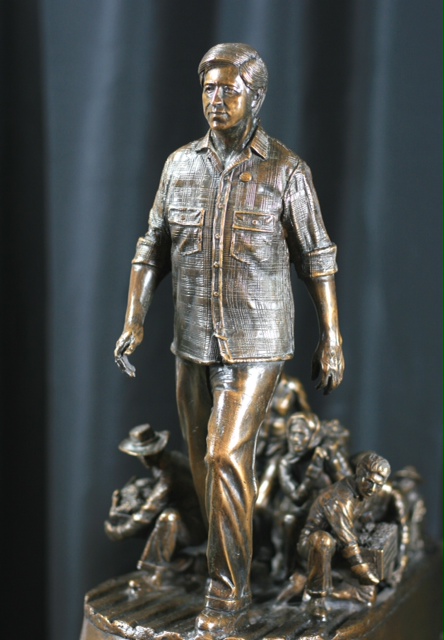
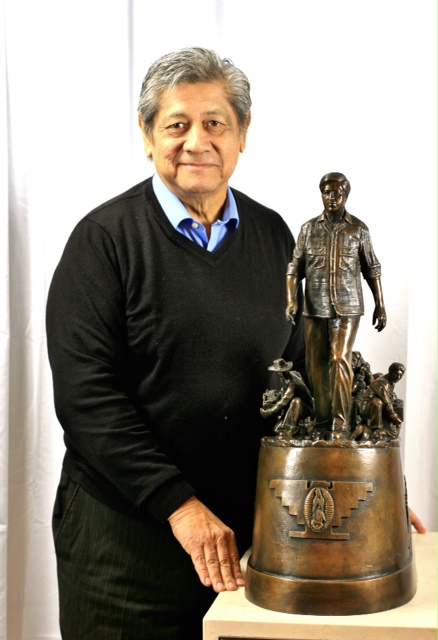
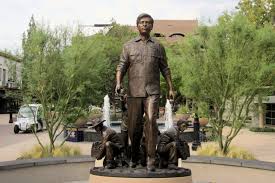
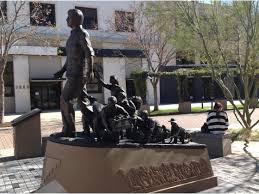

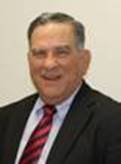
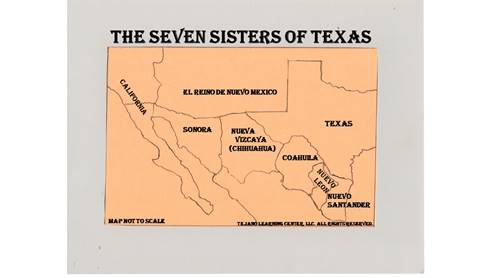
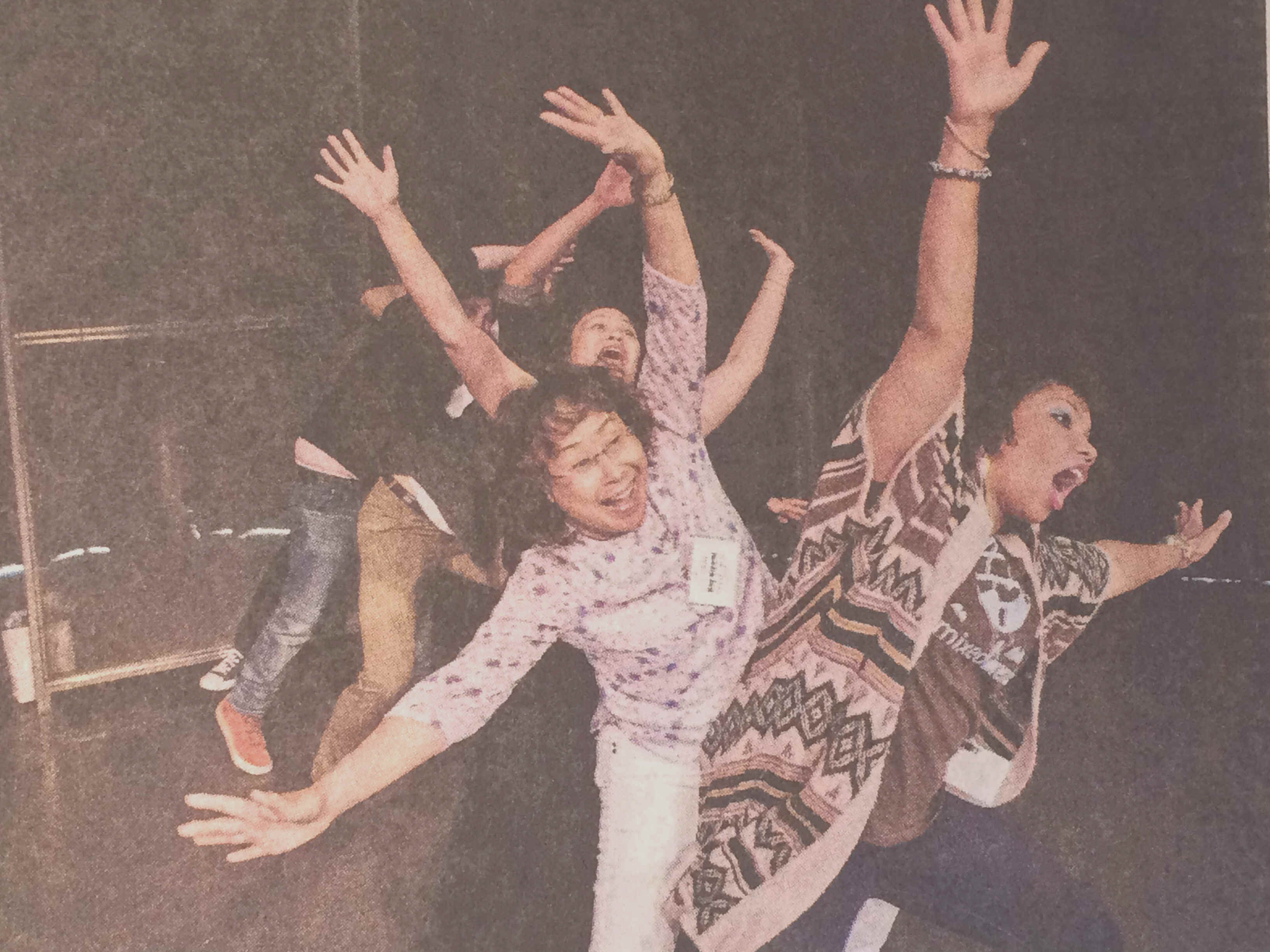

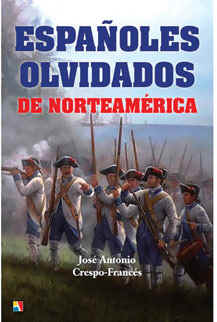


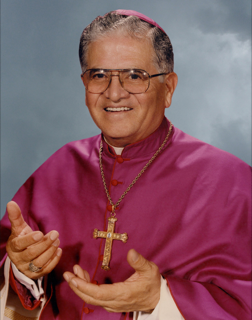

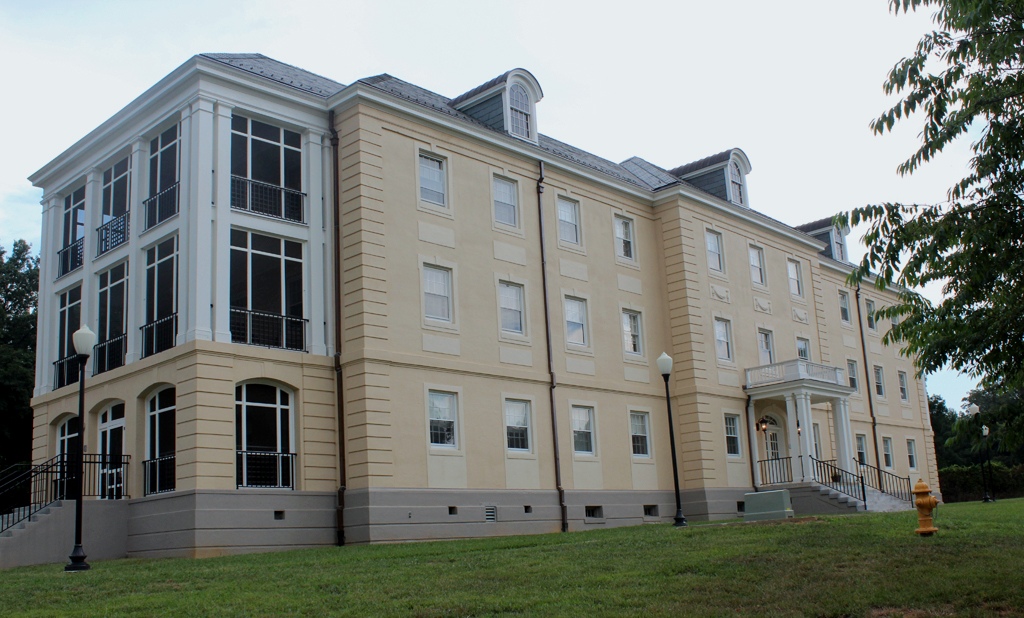
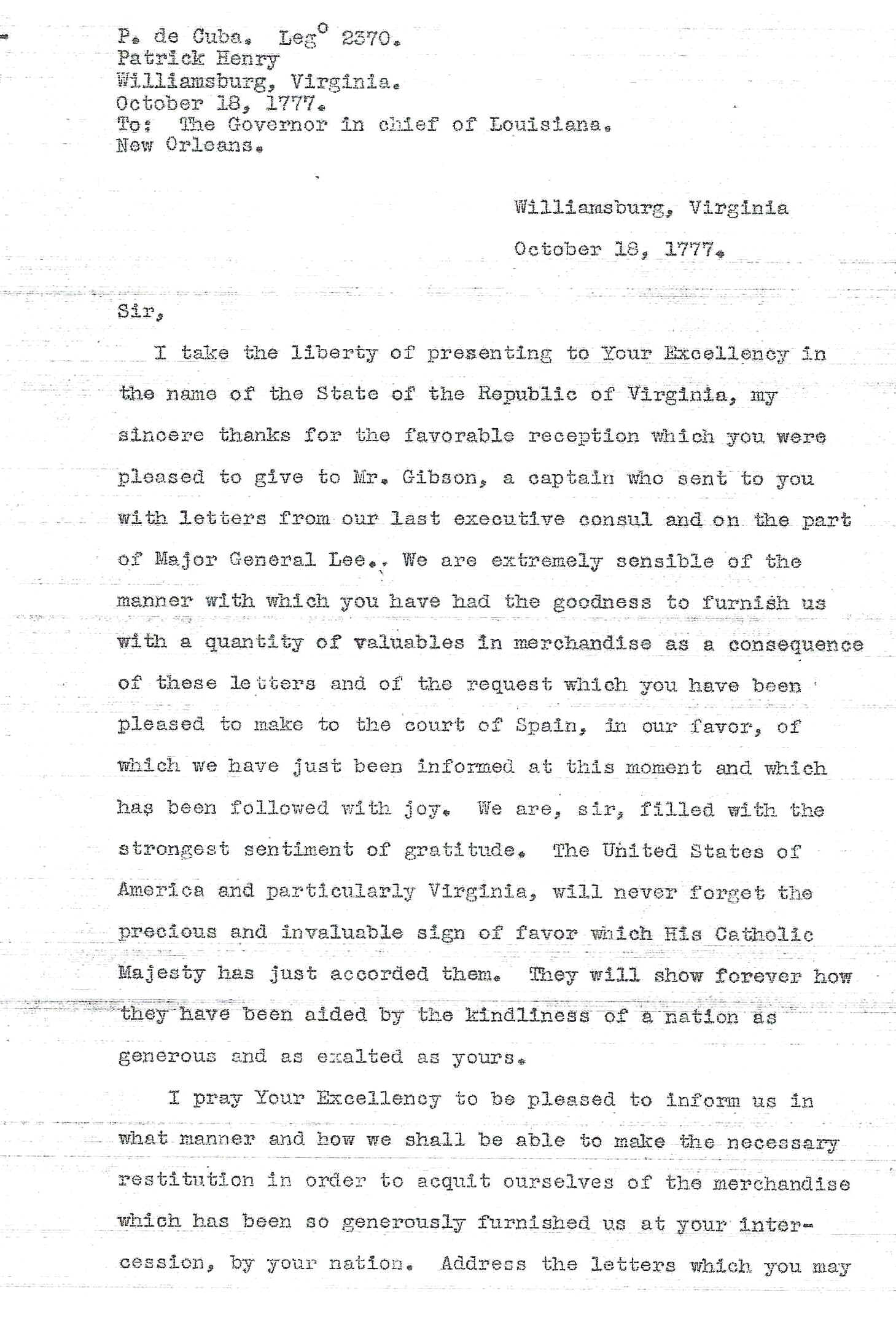
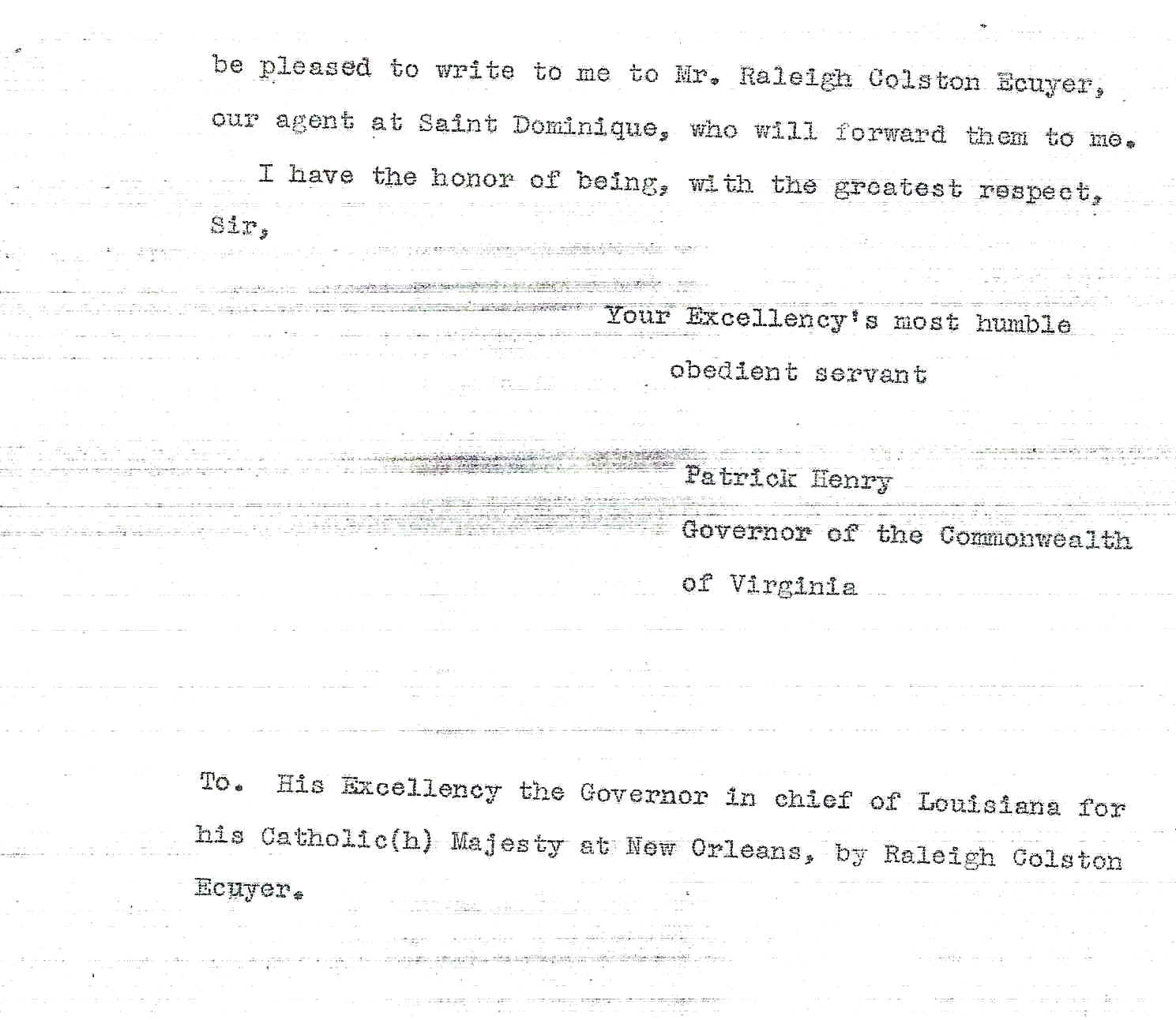
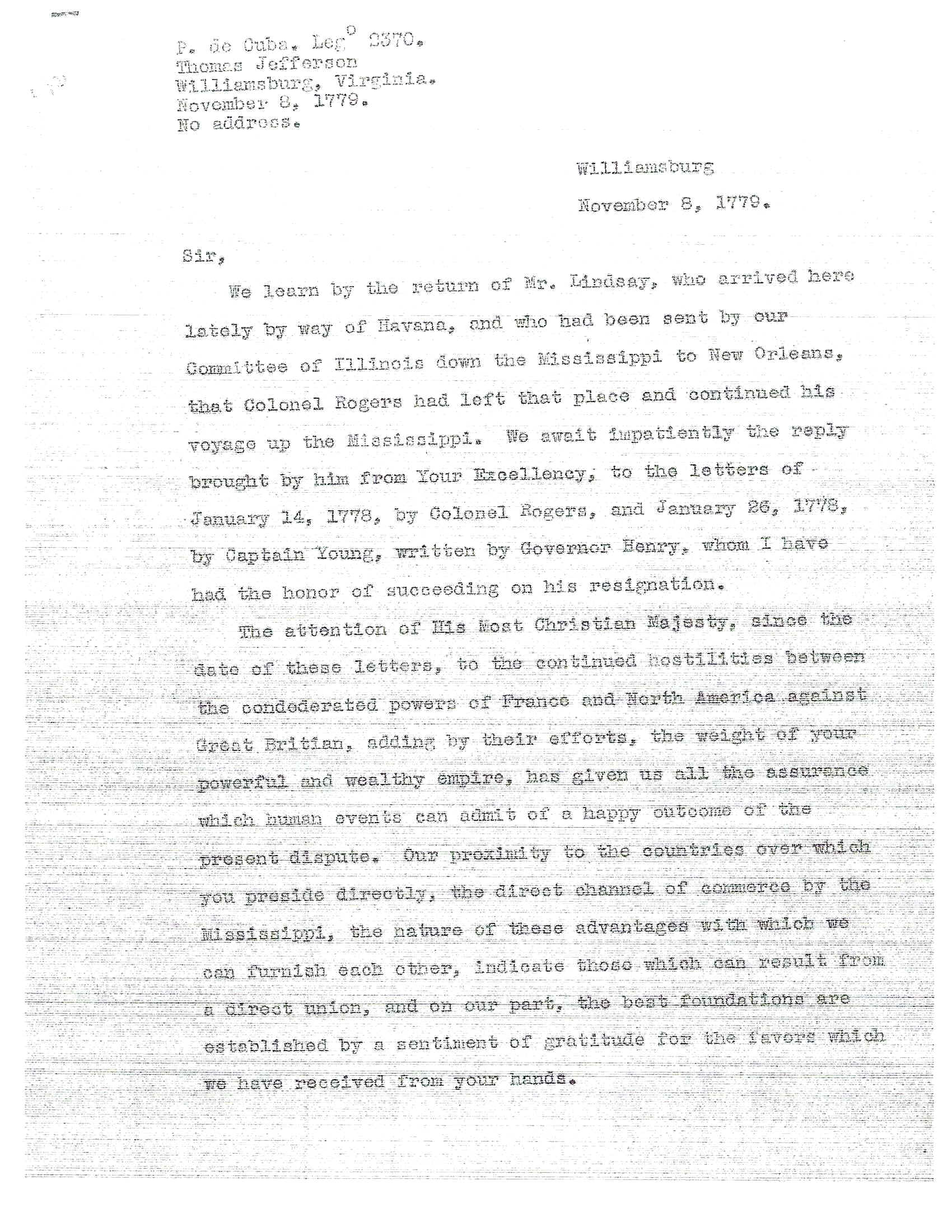
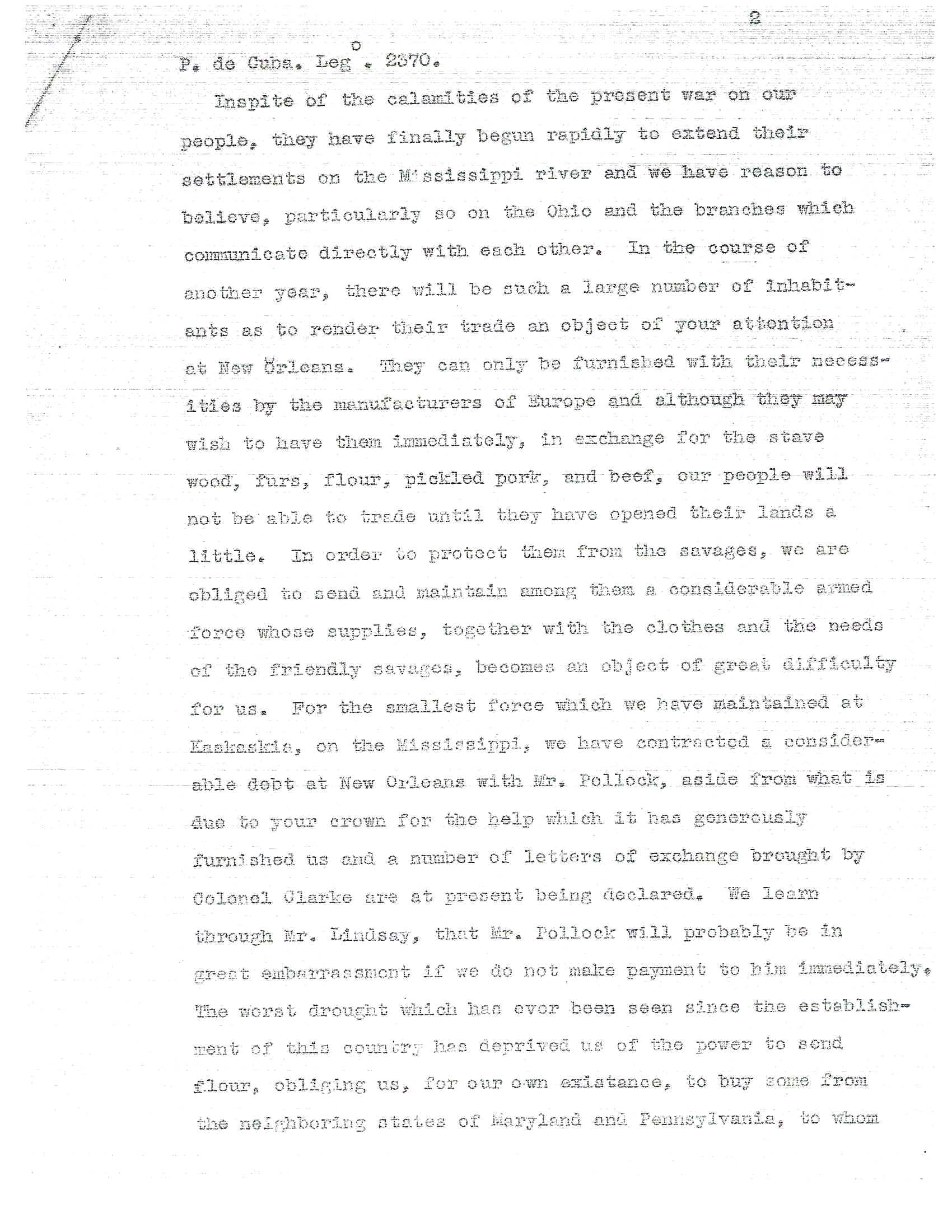
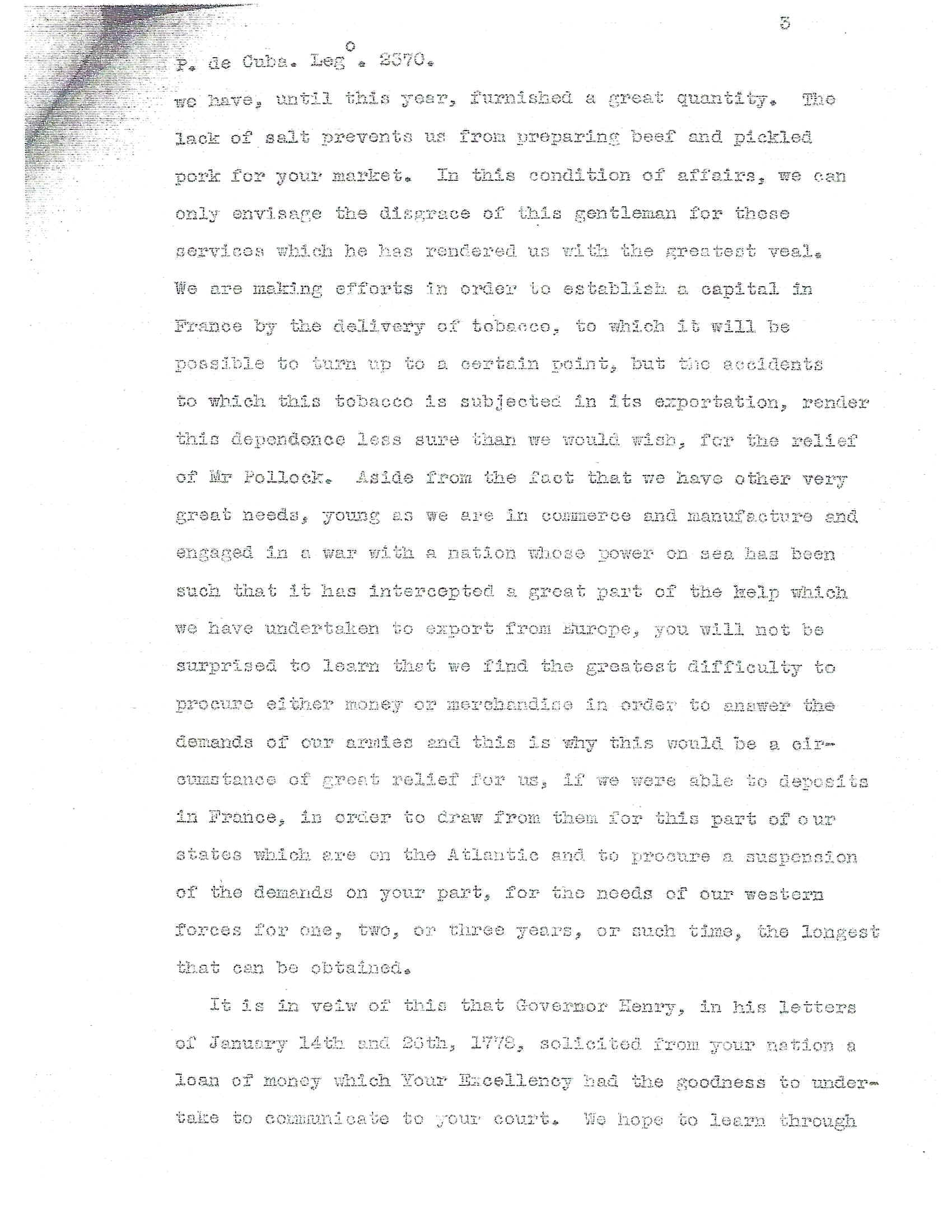
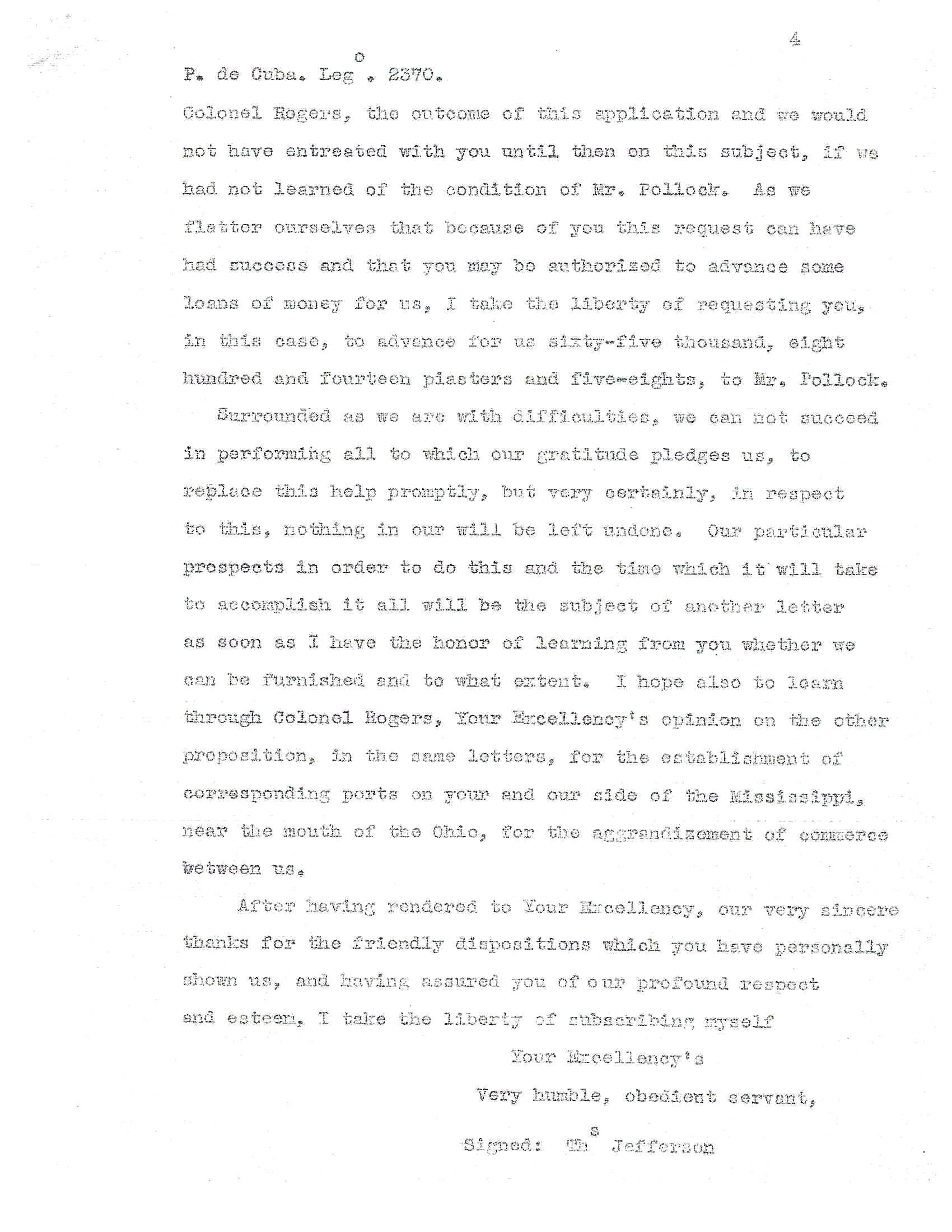

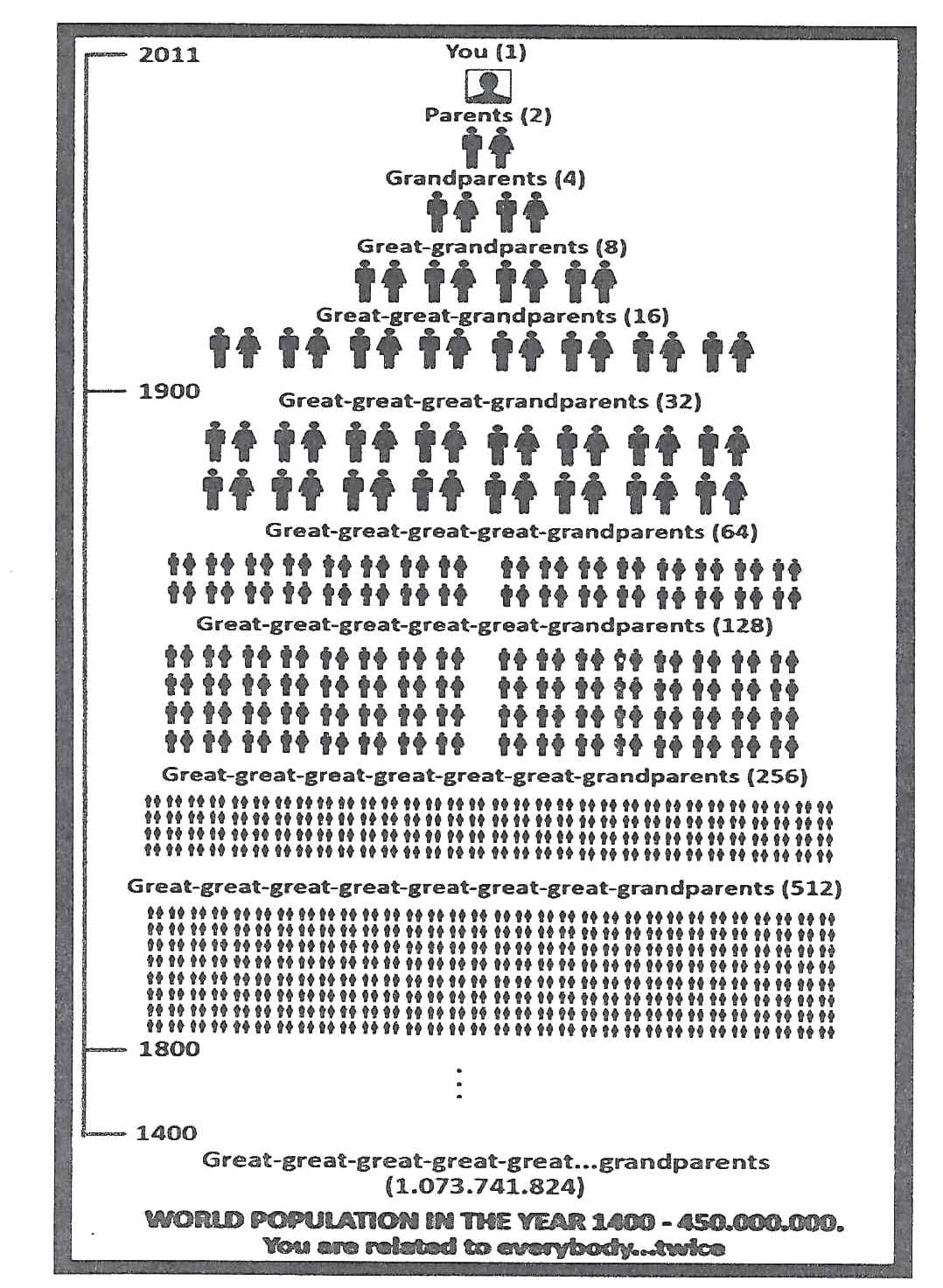


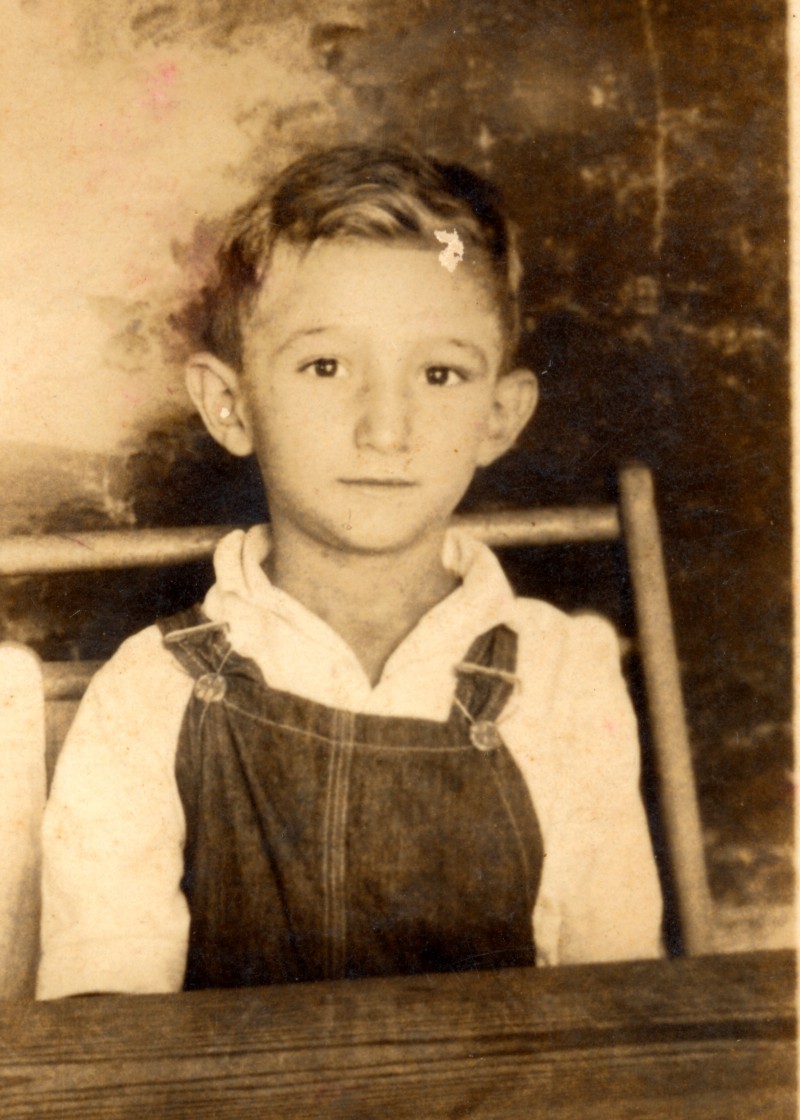

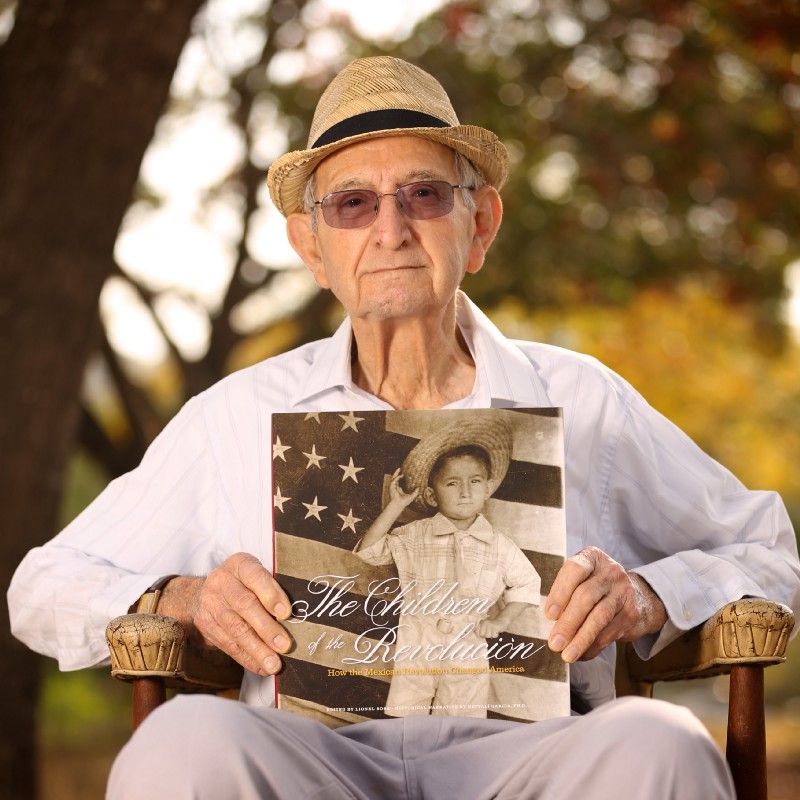
 I often say that material inheritance is fleeting. Perhaps you may inherit a valuable piece of art, a home or a bundle of money. Receiving the story of your family is one of the most valuable inheritances that a person can receive. It will last hundreds of years.
Consider telling your story.
I often say that material inheritance is fleeting. Perhaps you may inherit a valuable piece of art, a home or a bundle of money. Receiving the story of your family is one of the most valuable inheritances that a person can receive. It will last hundreds of years.
Consider telling your story.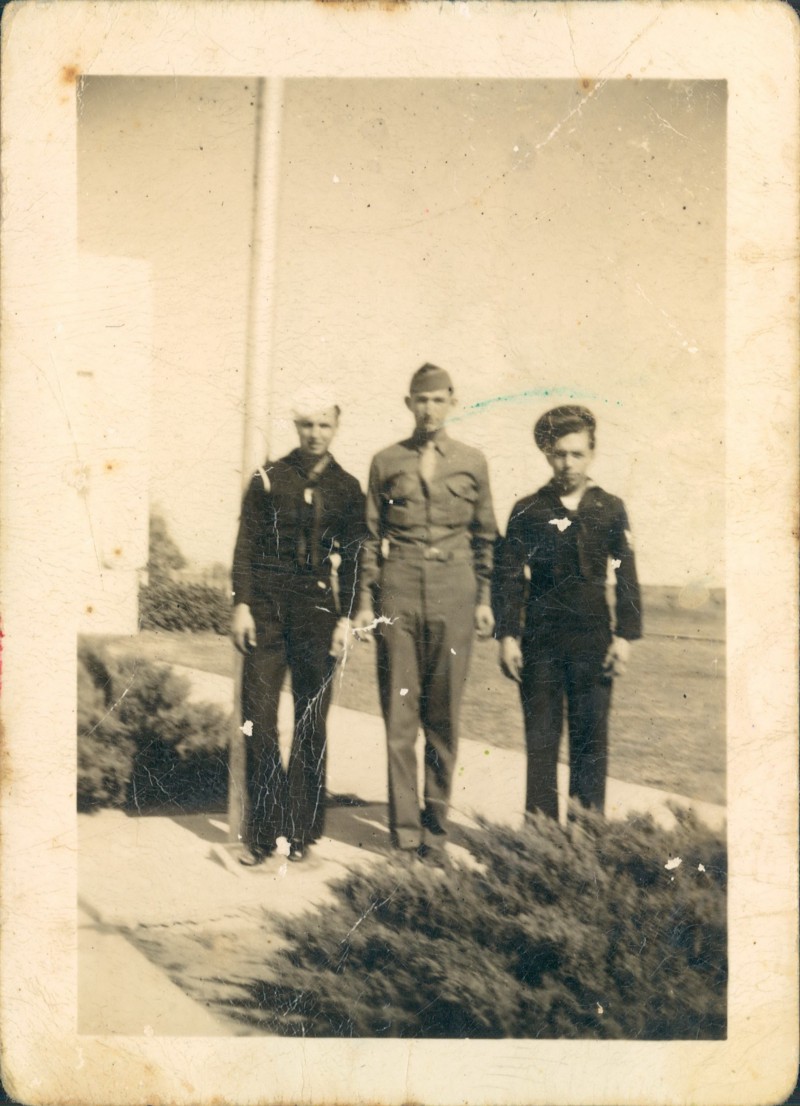

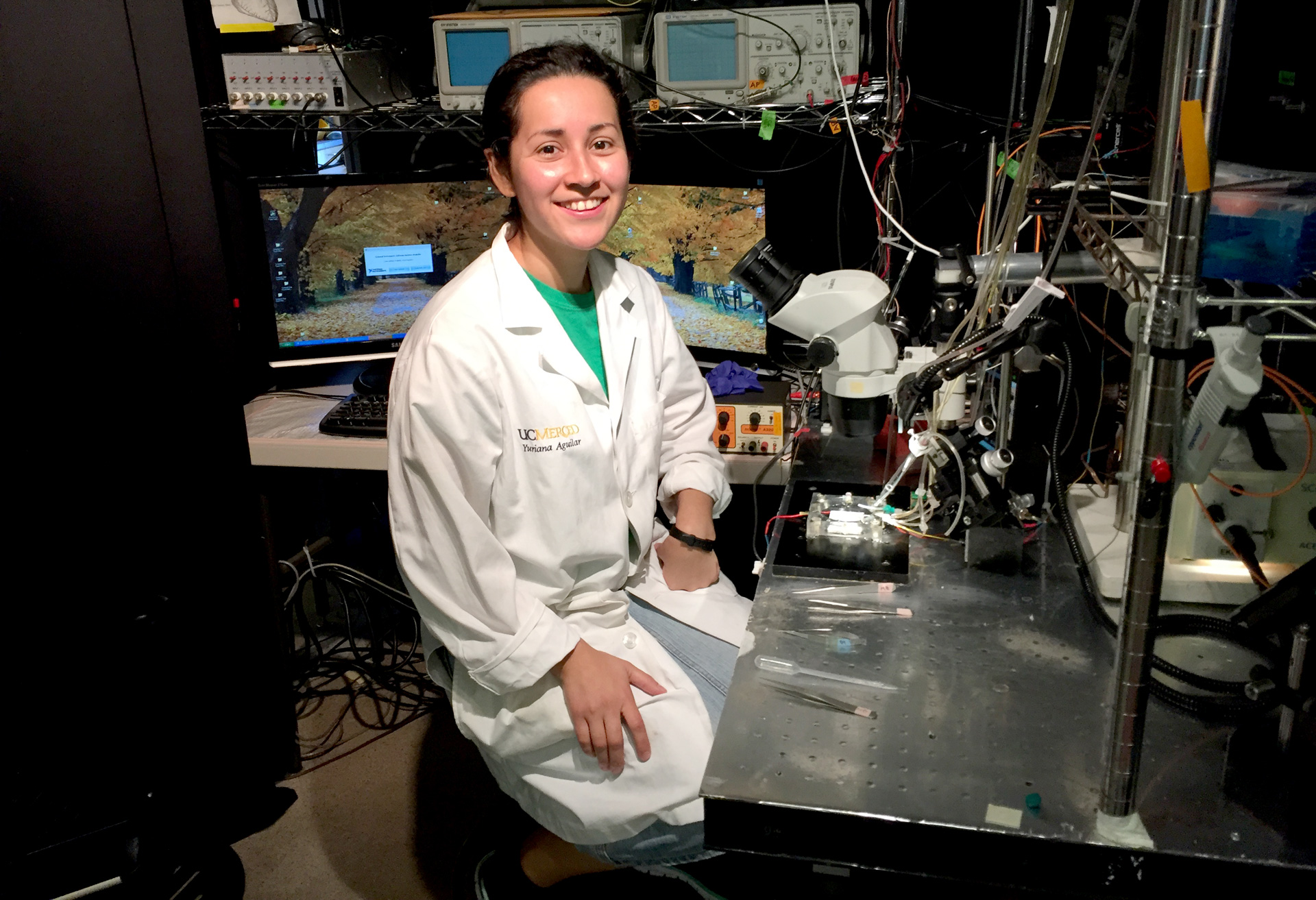
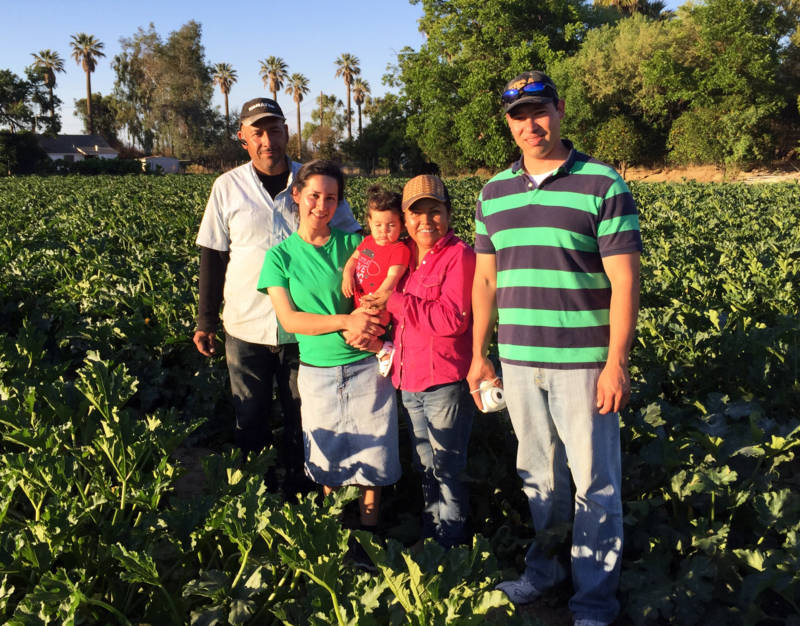
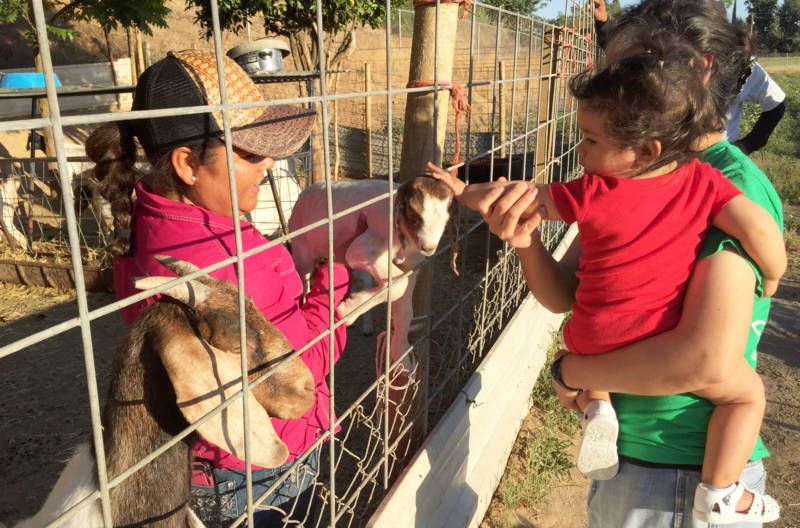

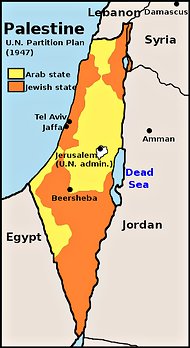

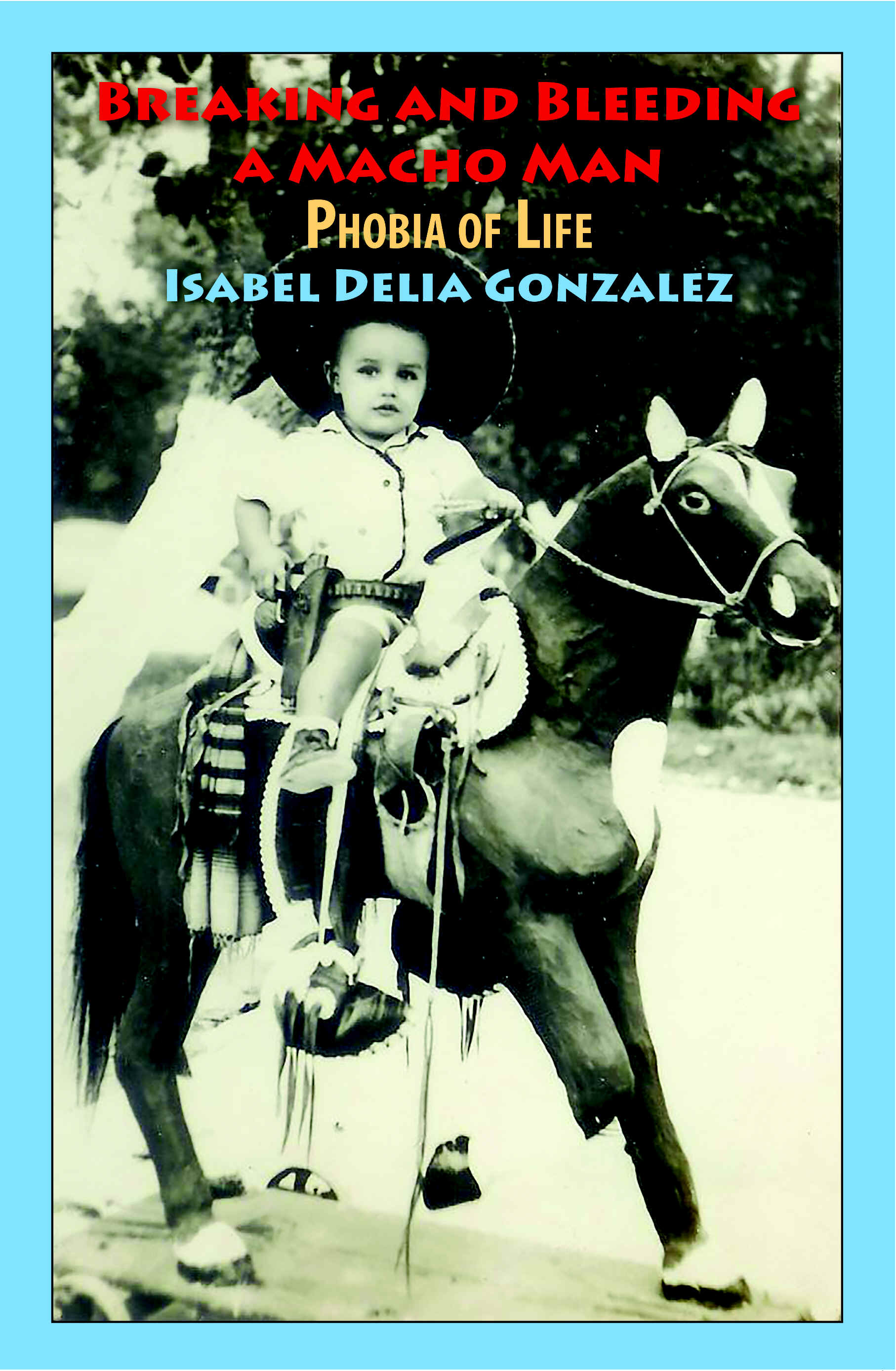
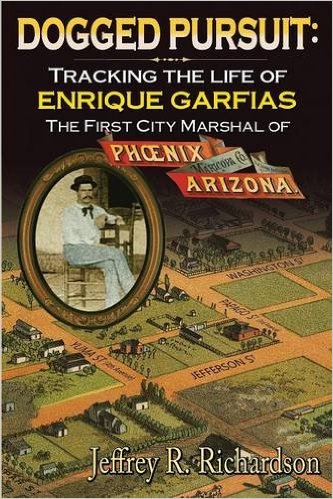
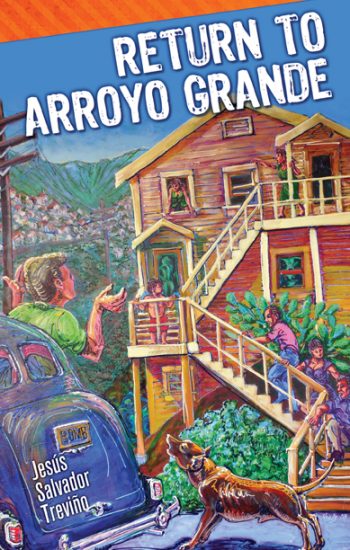
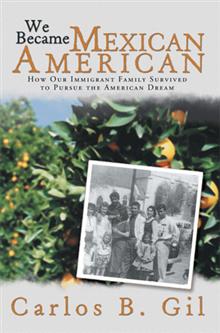







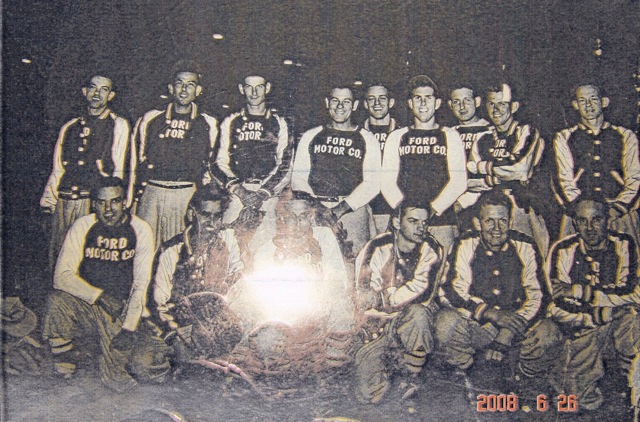
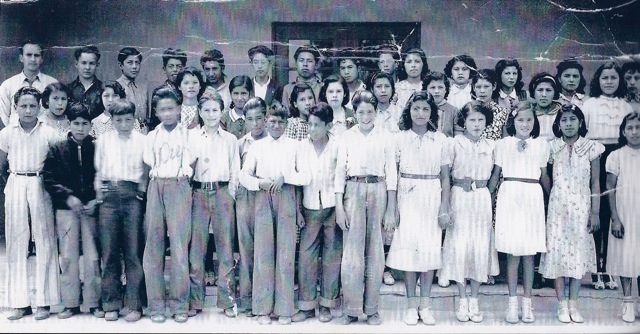
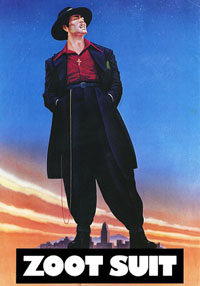
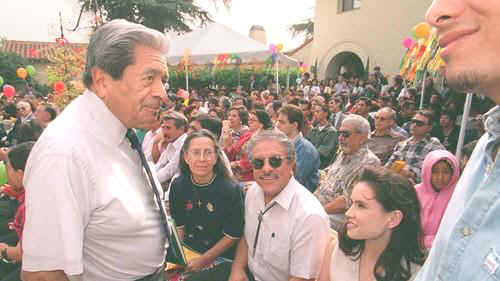

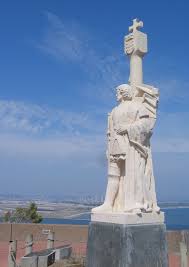







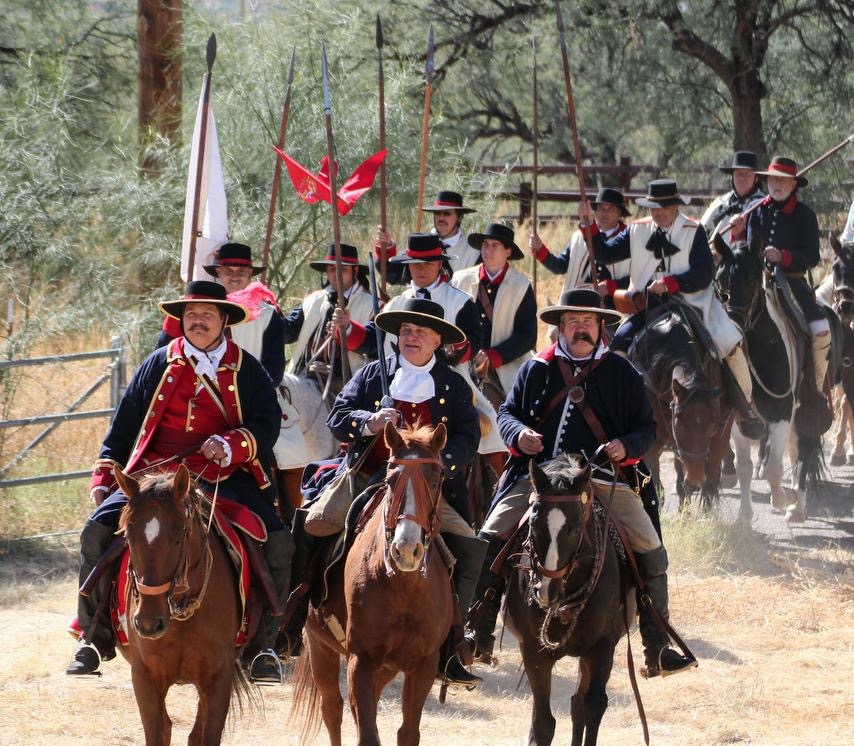
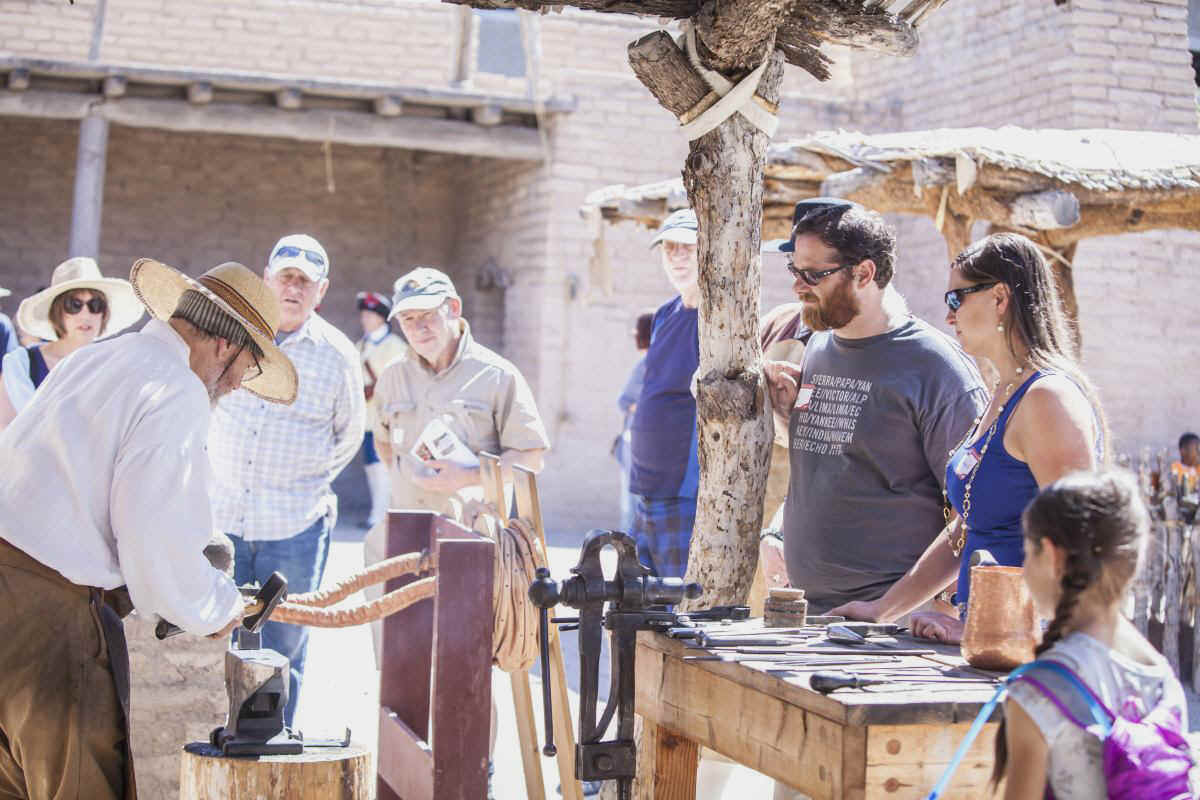

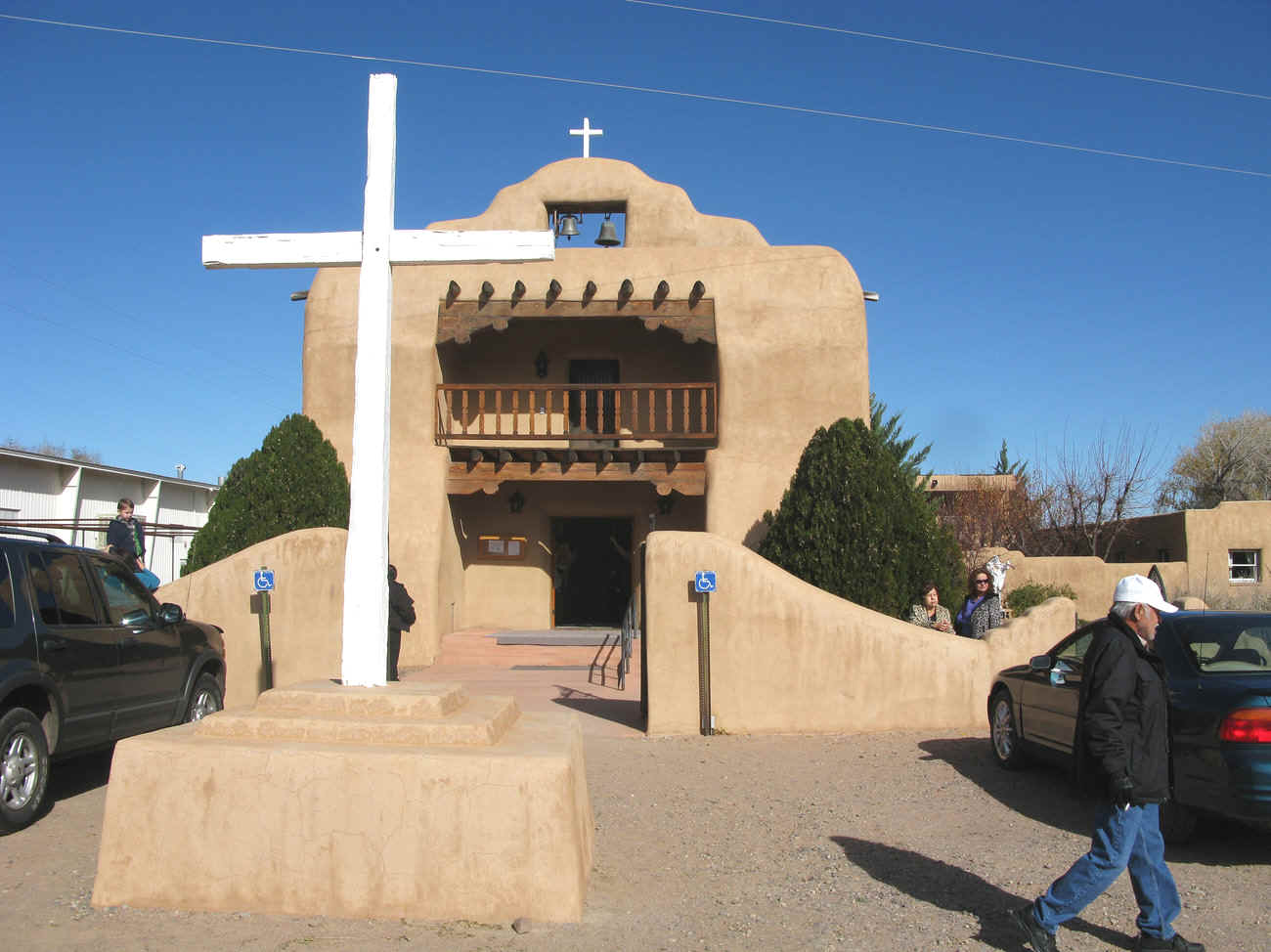
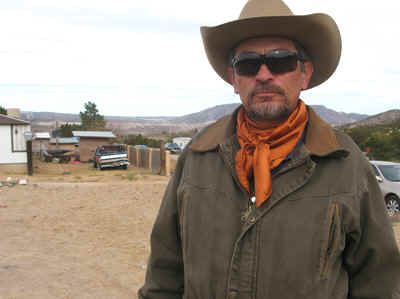
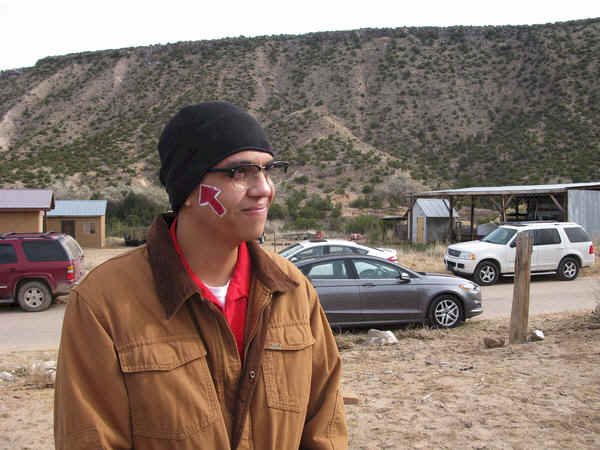

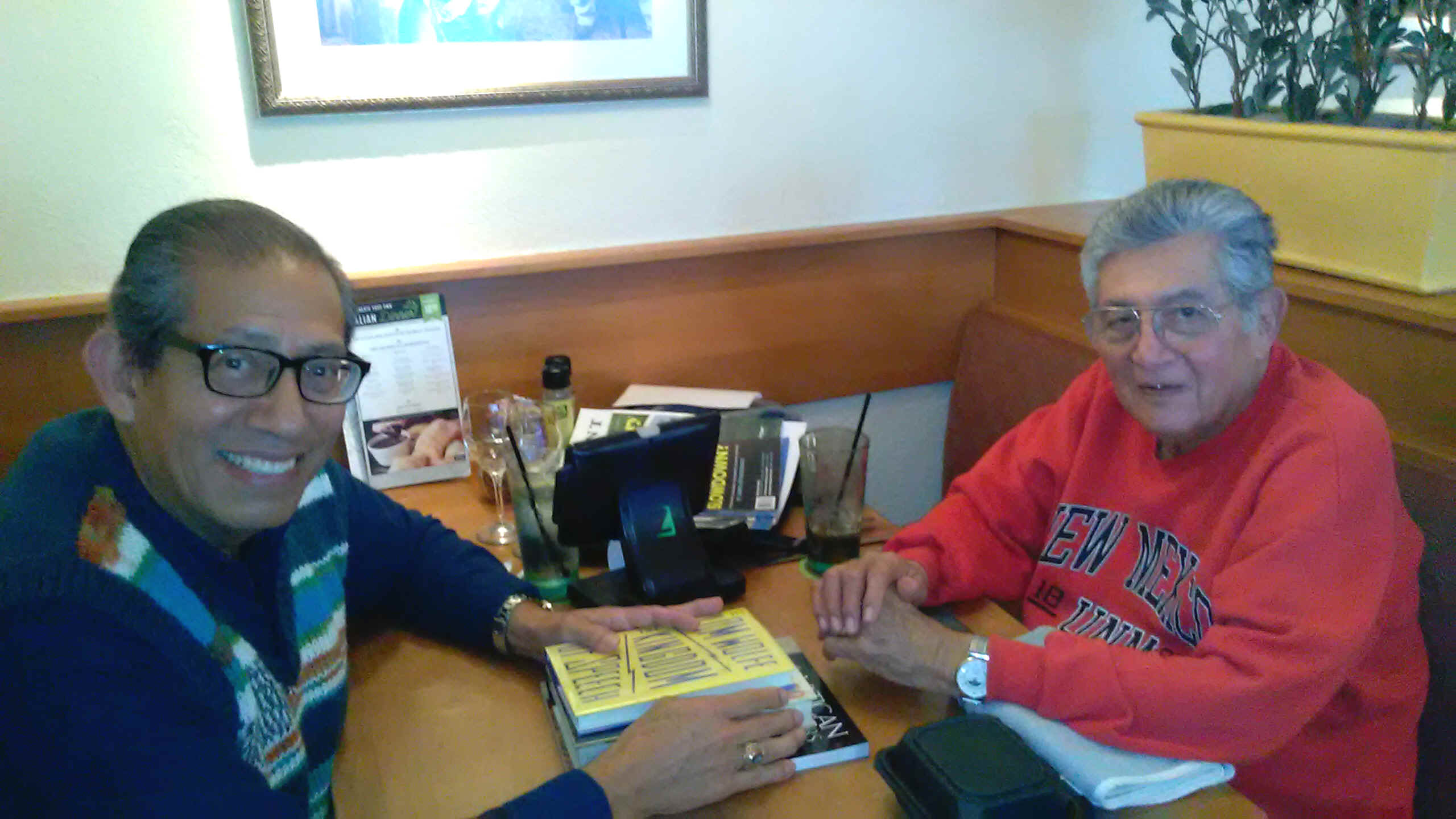
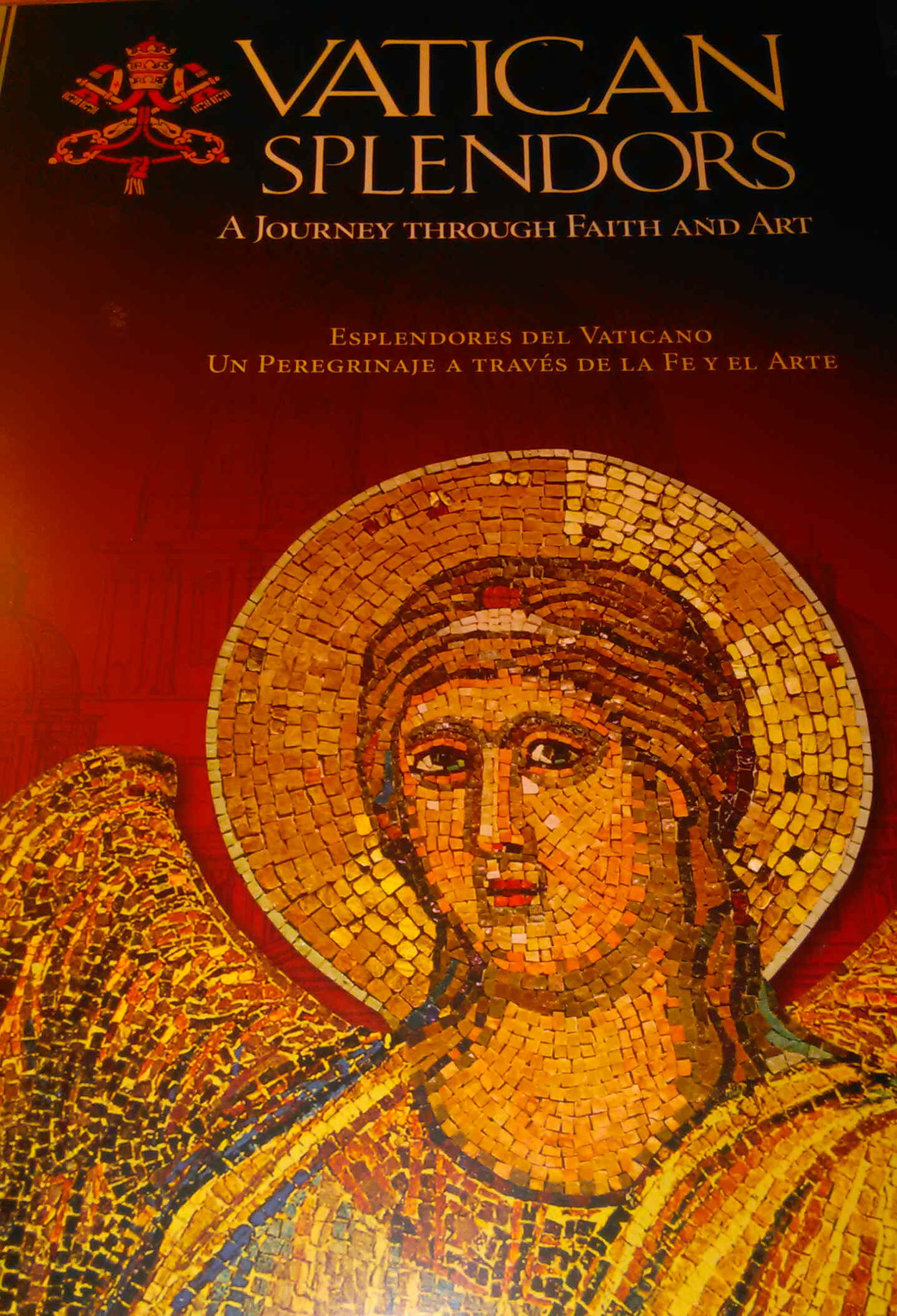

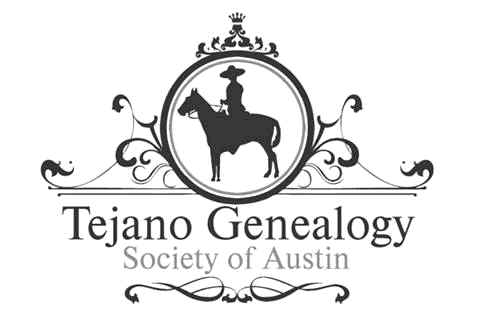
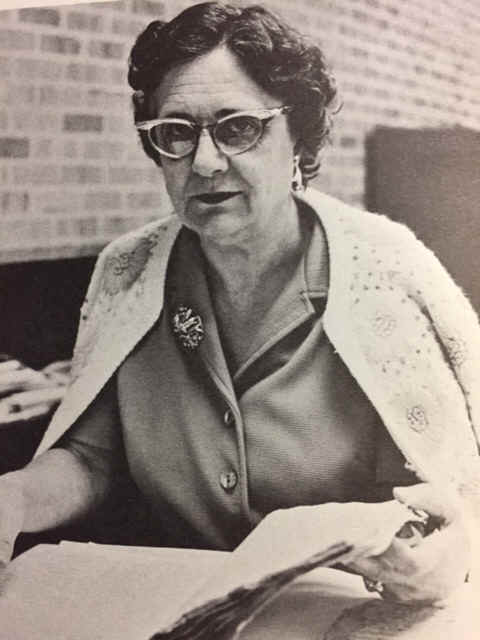
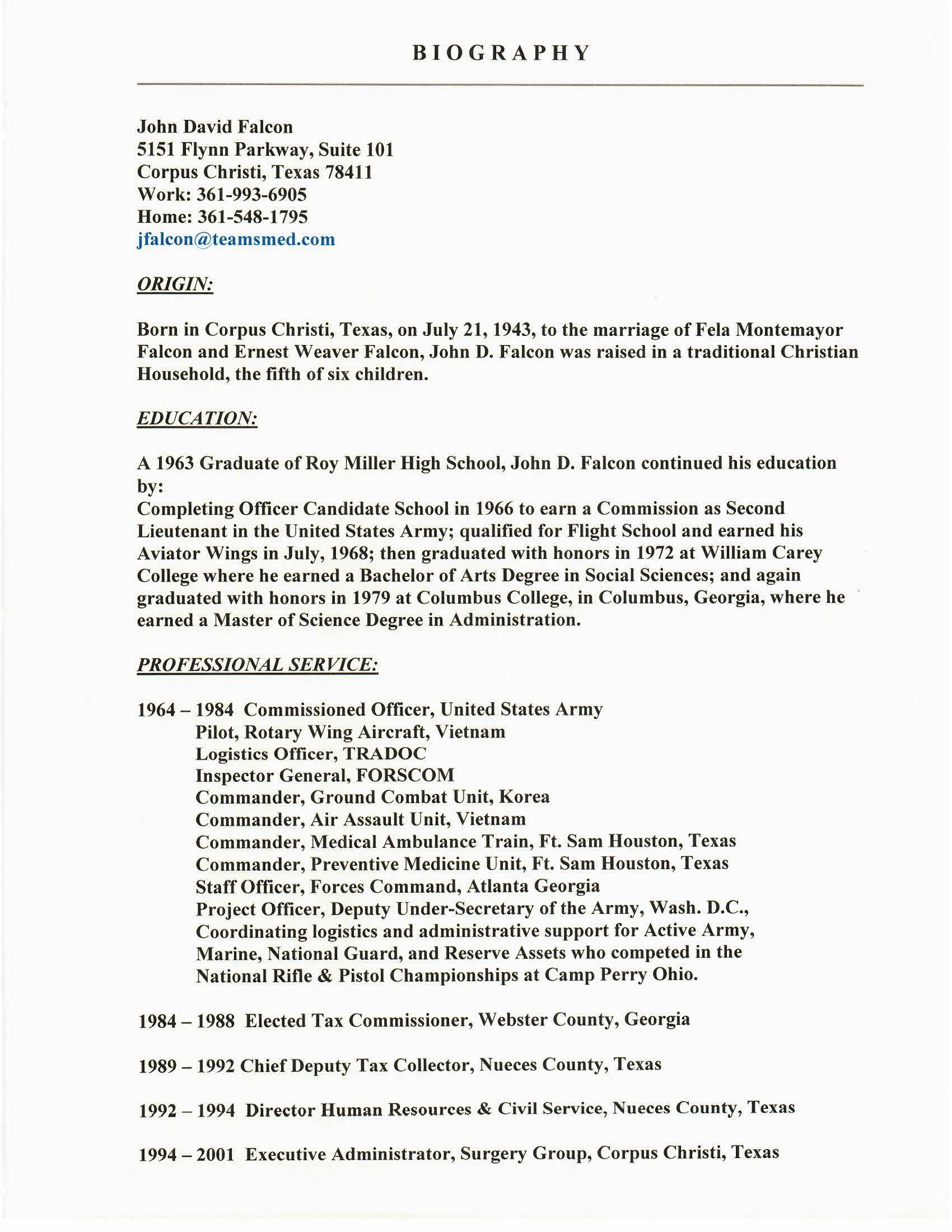
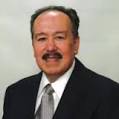


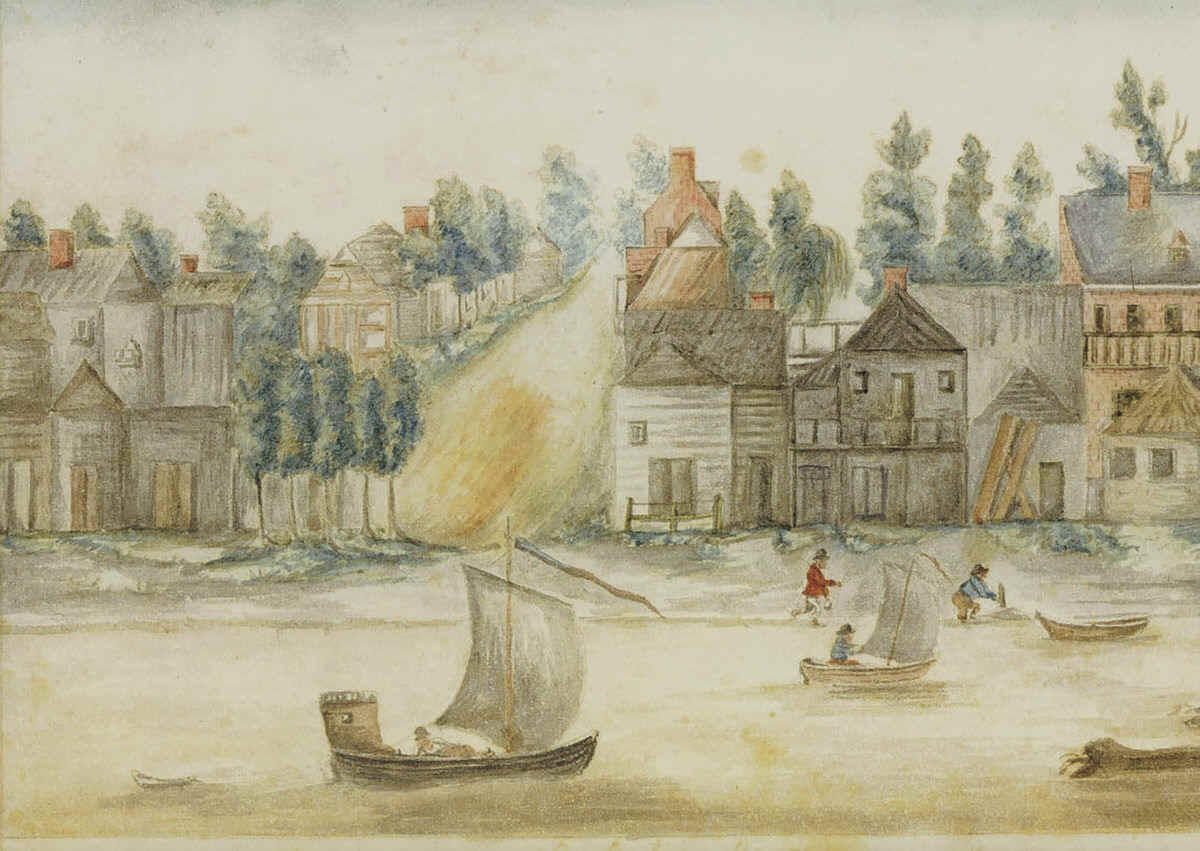

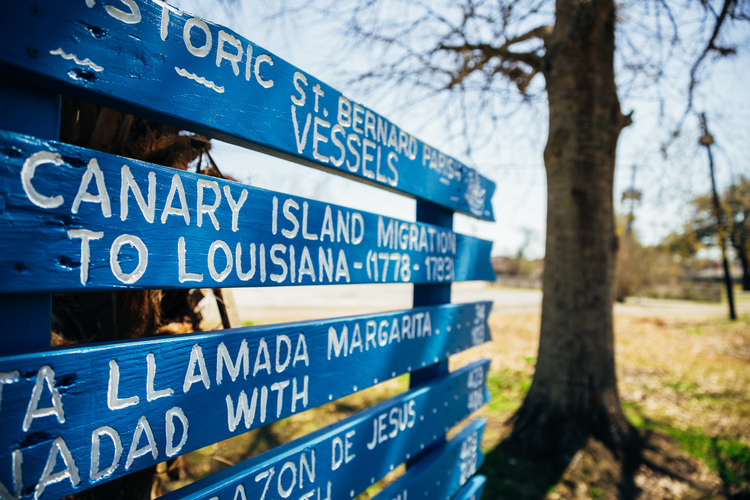

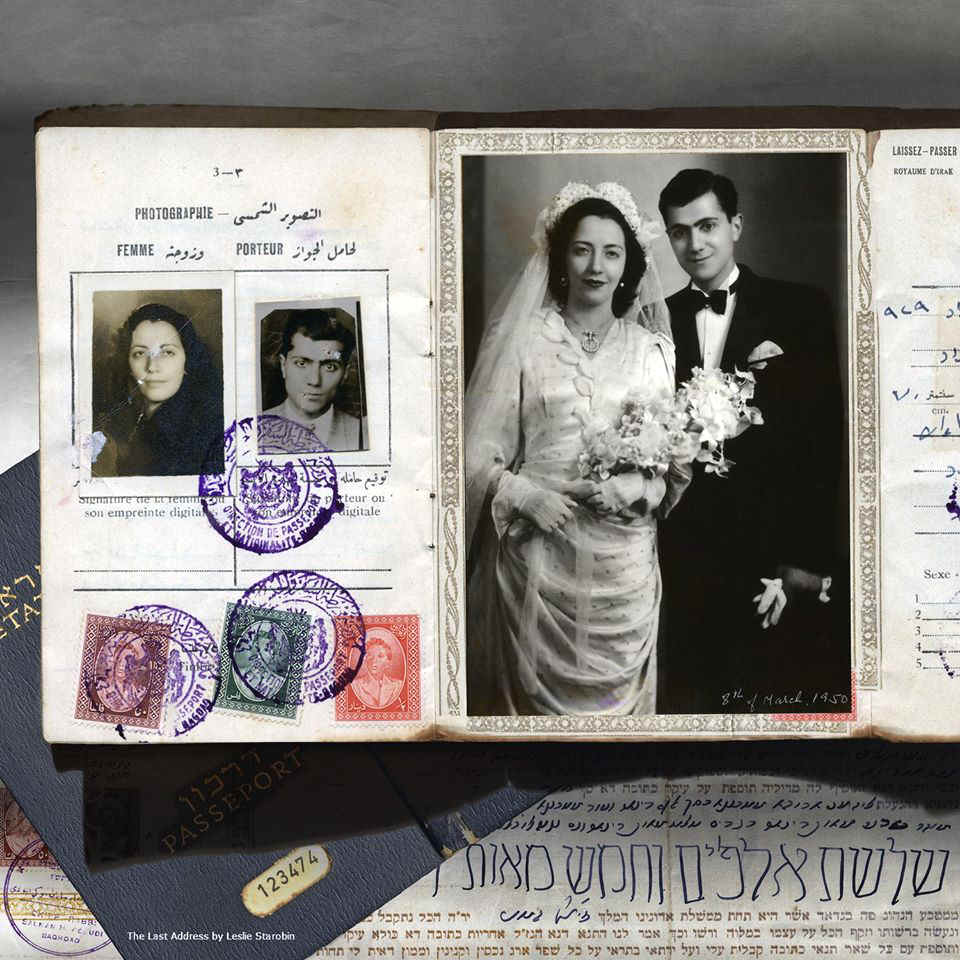
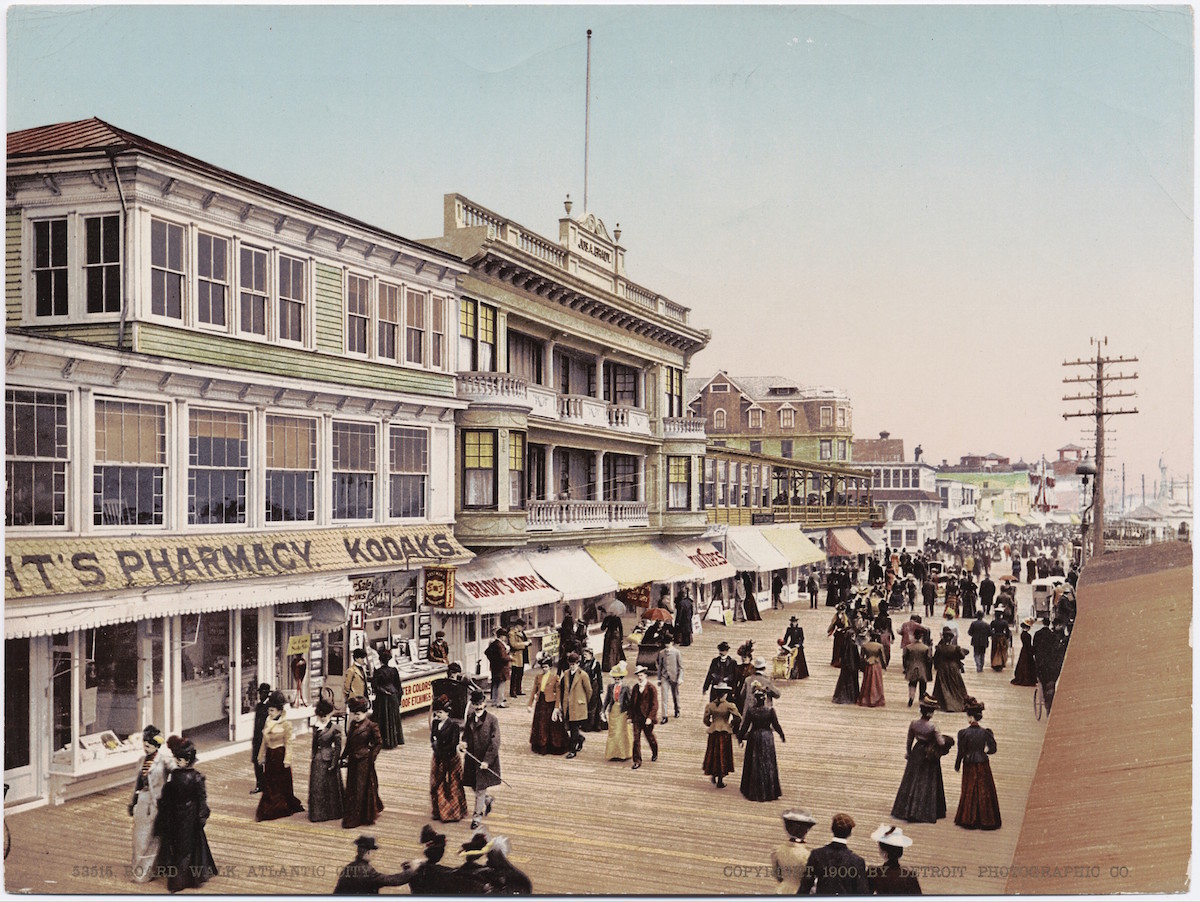
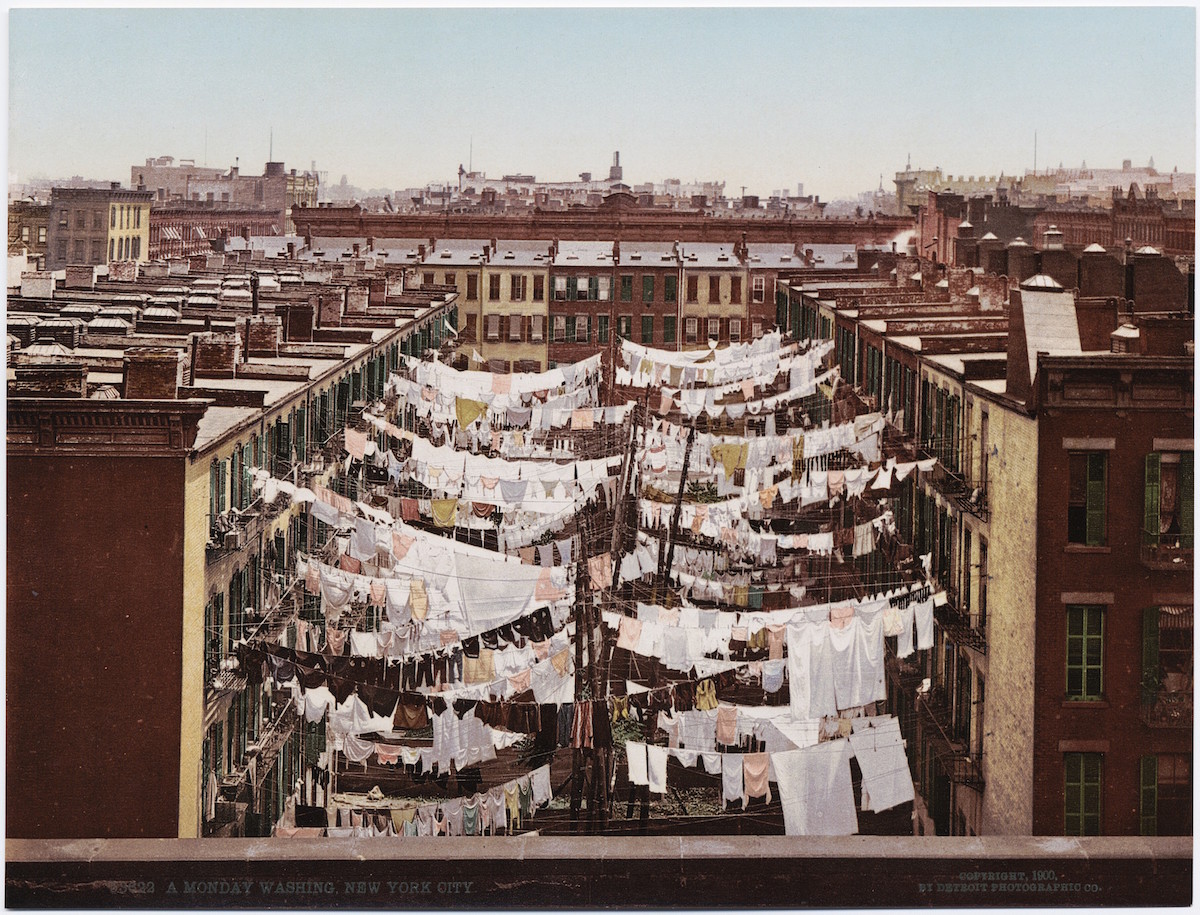

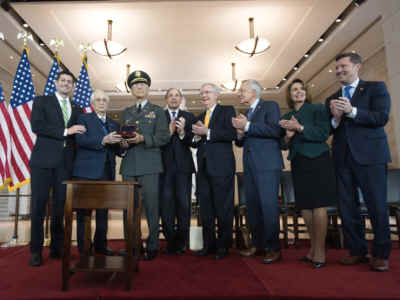
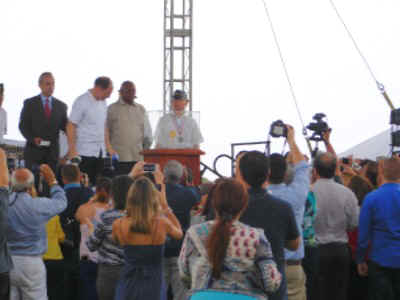
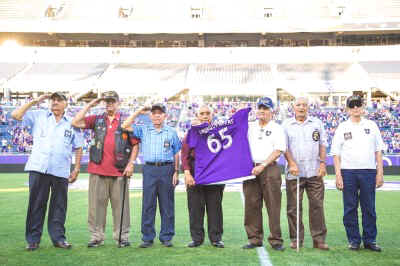
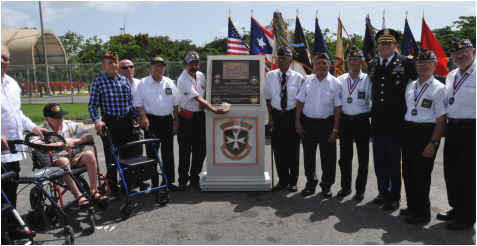
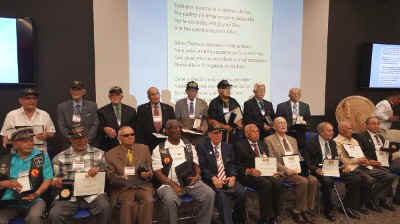
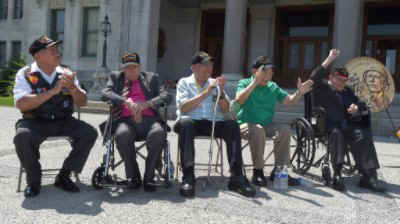
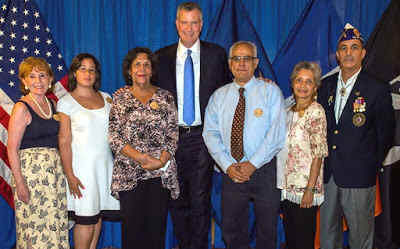
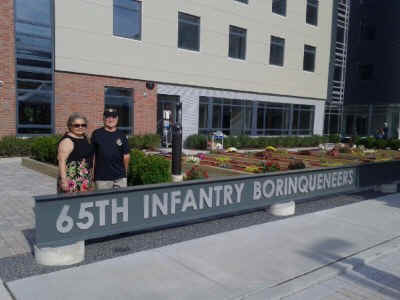
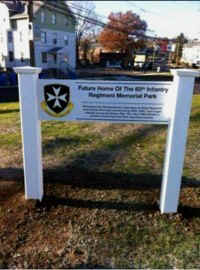
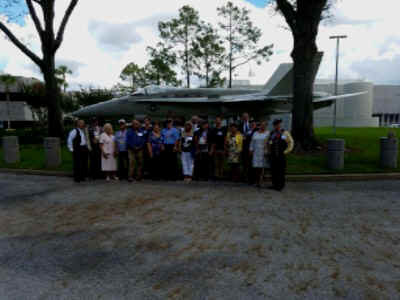
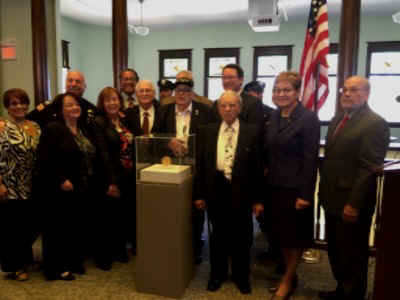
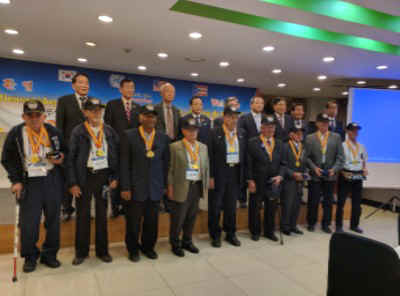
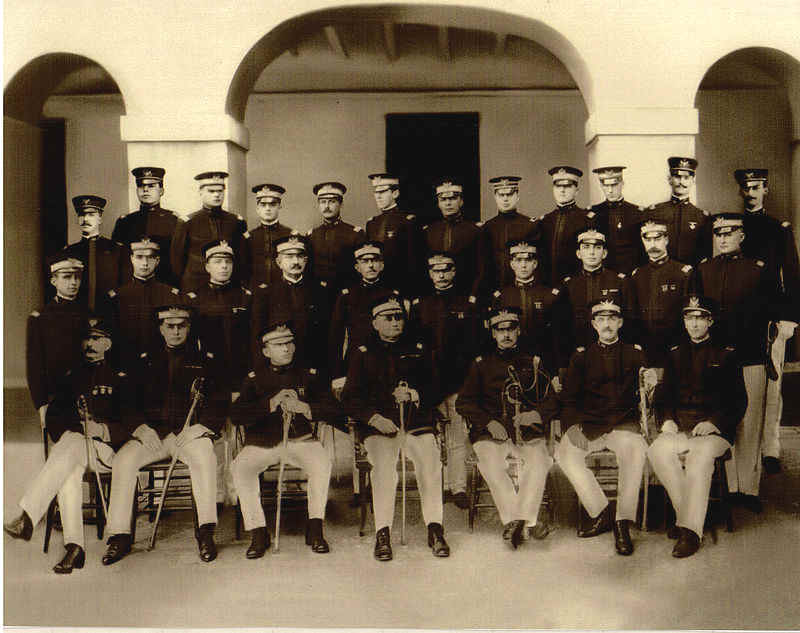
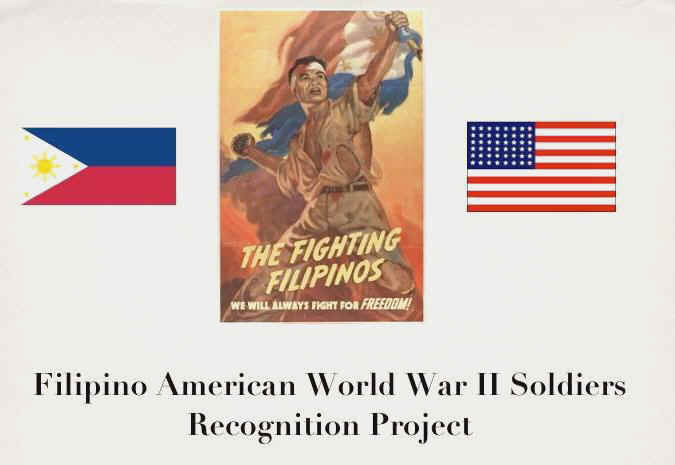
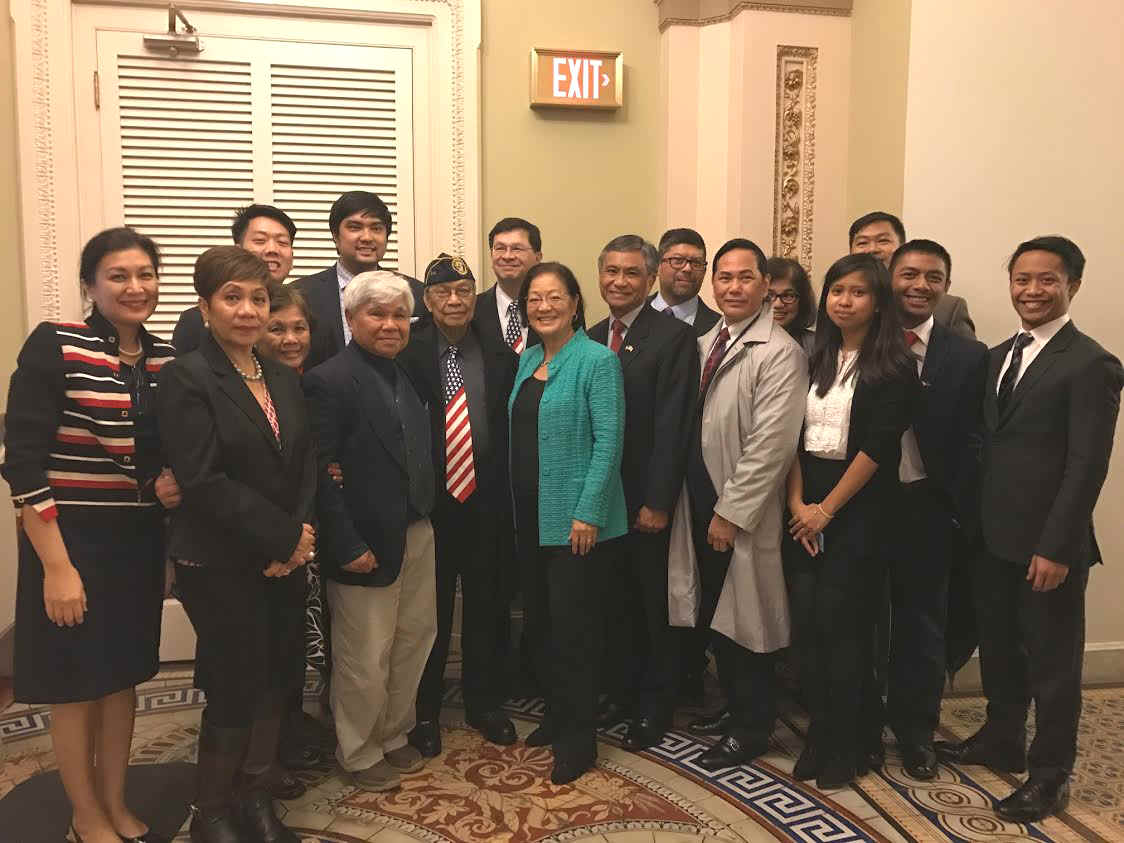
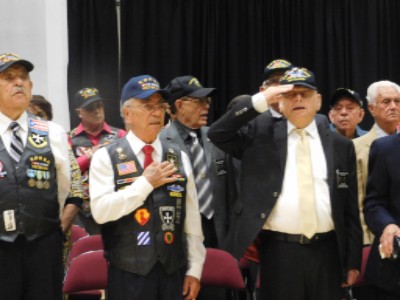
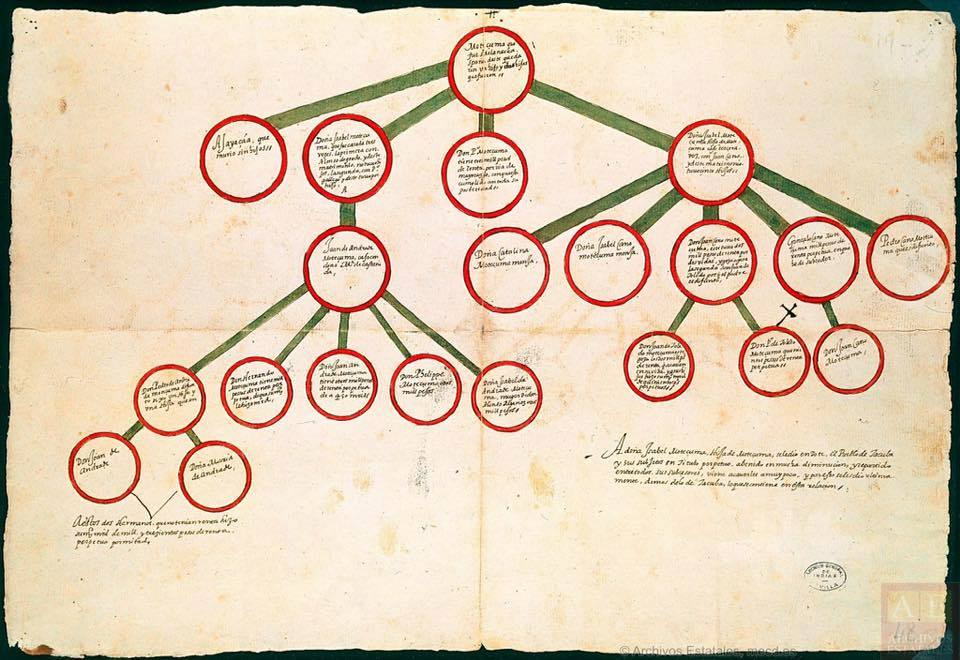



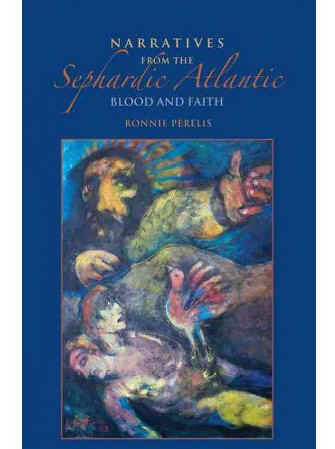
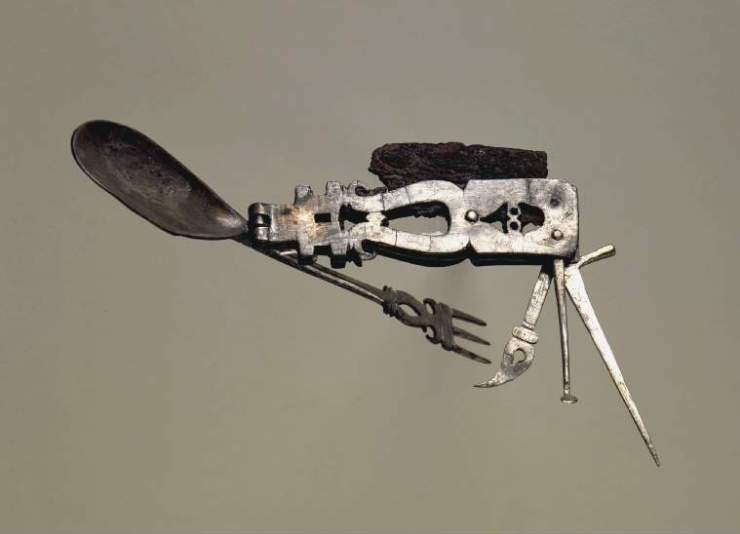
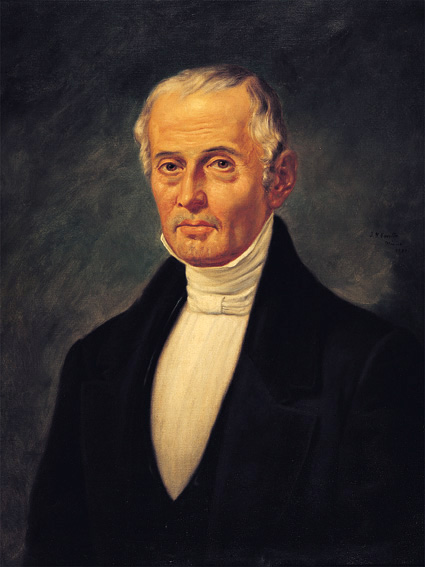
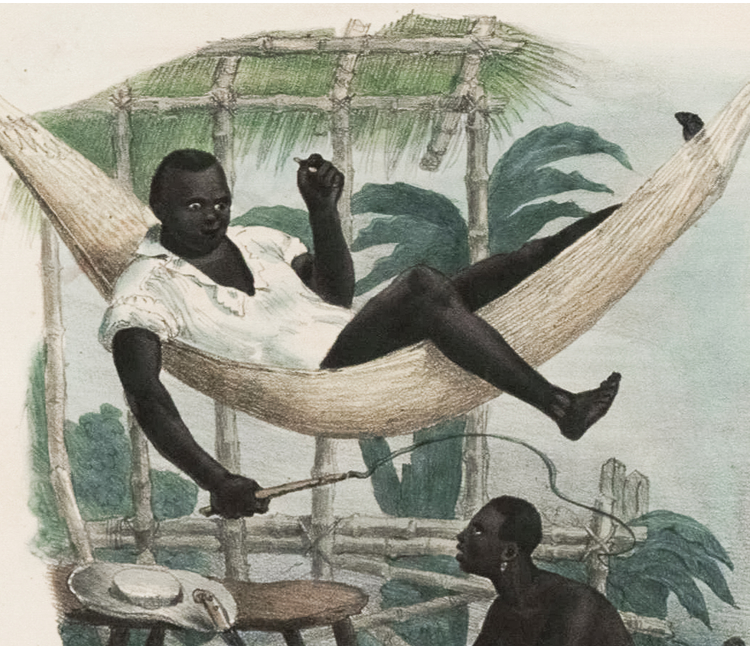
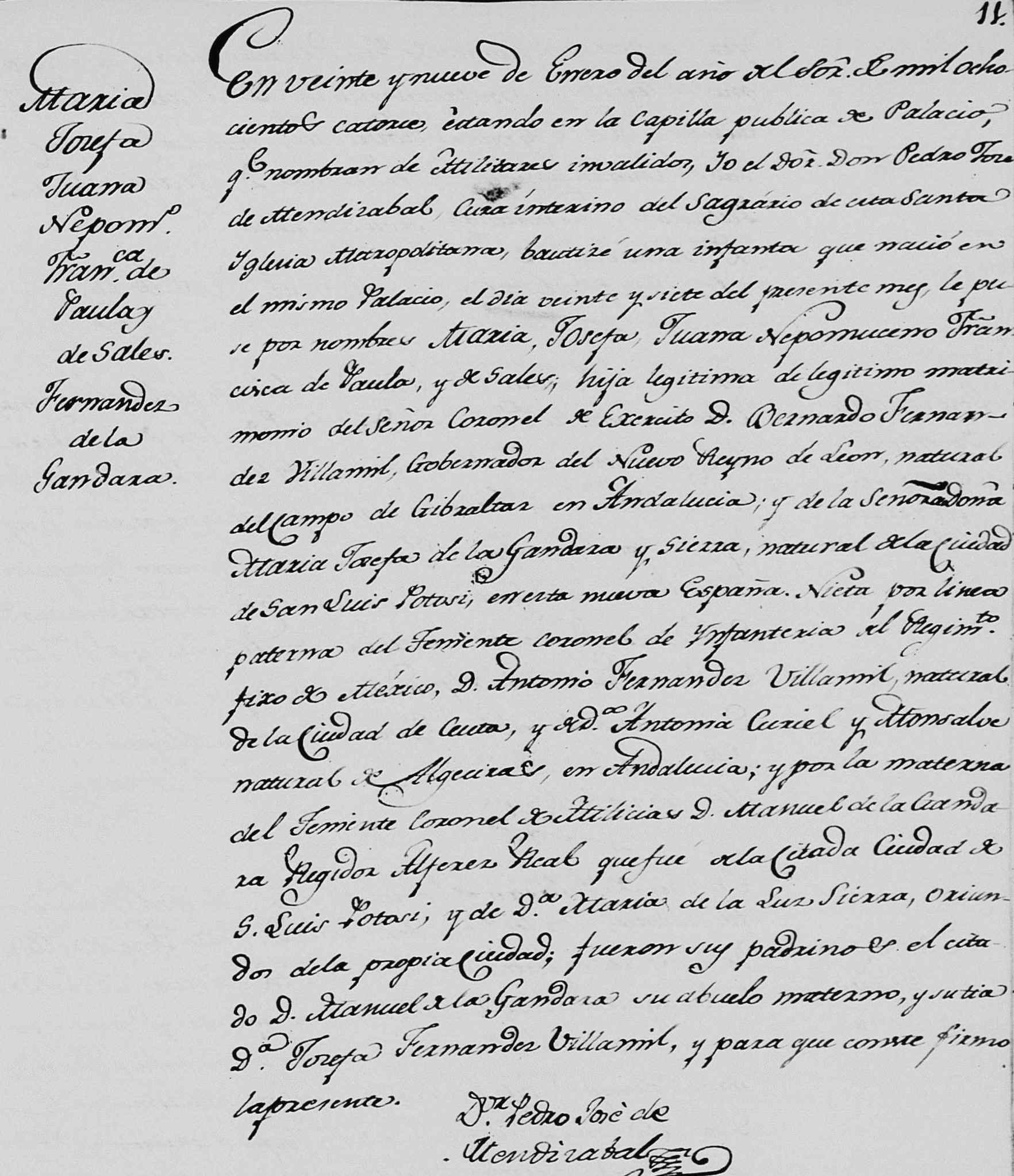
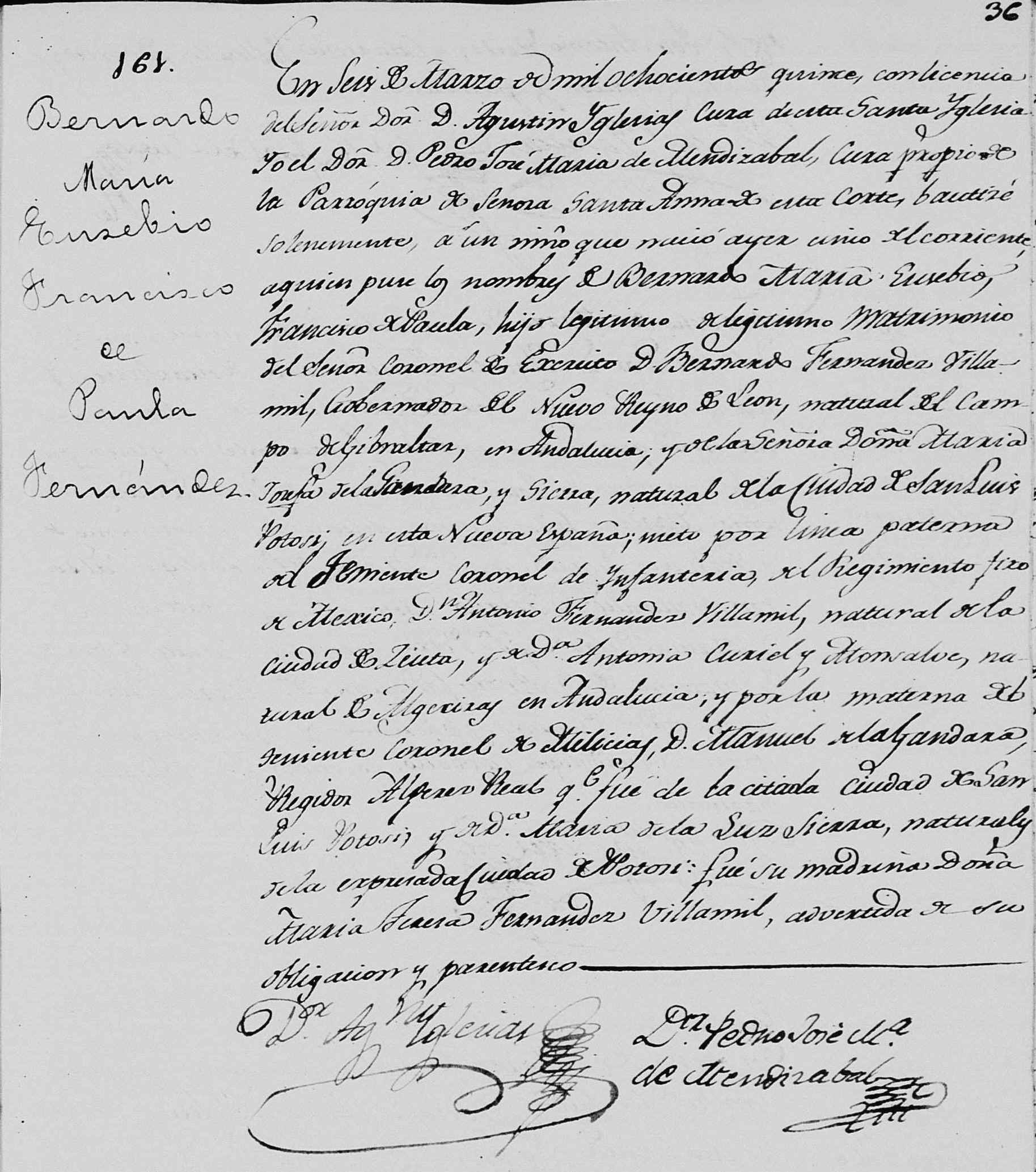

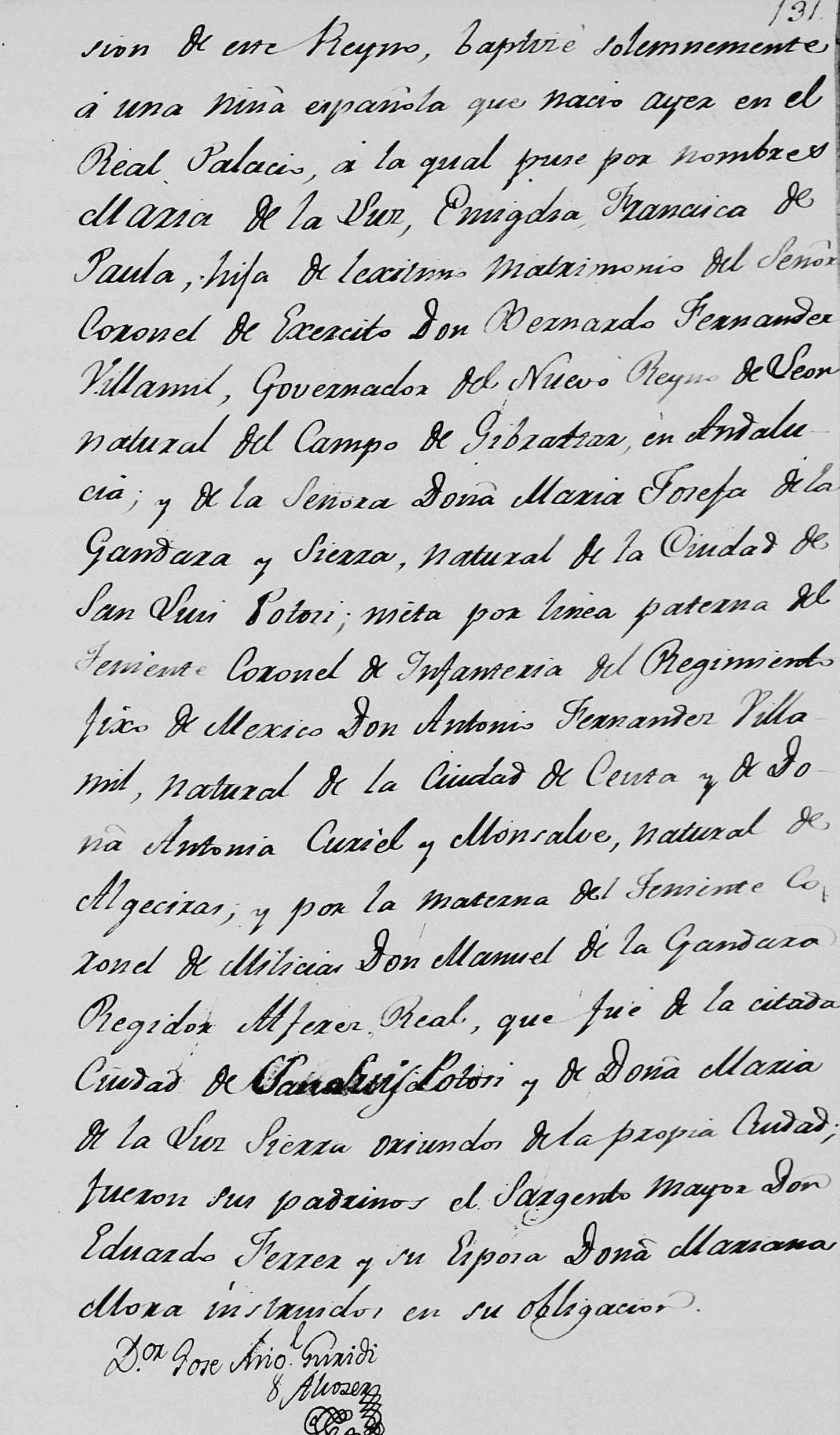
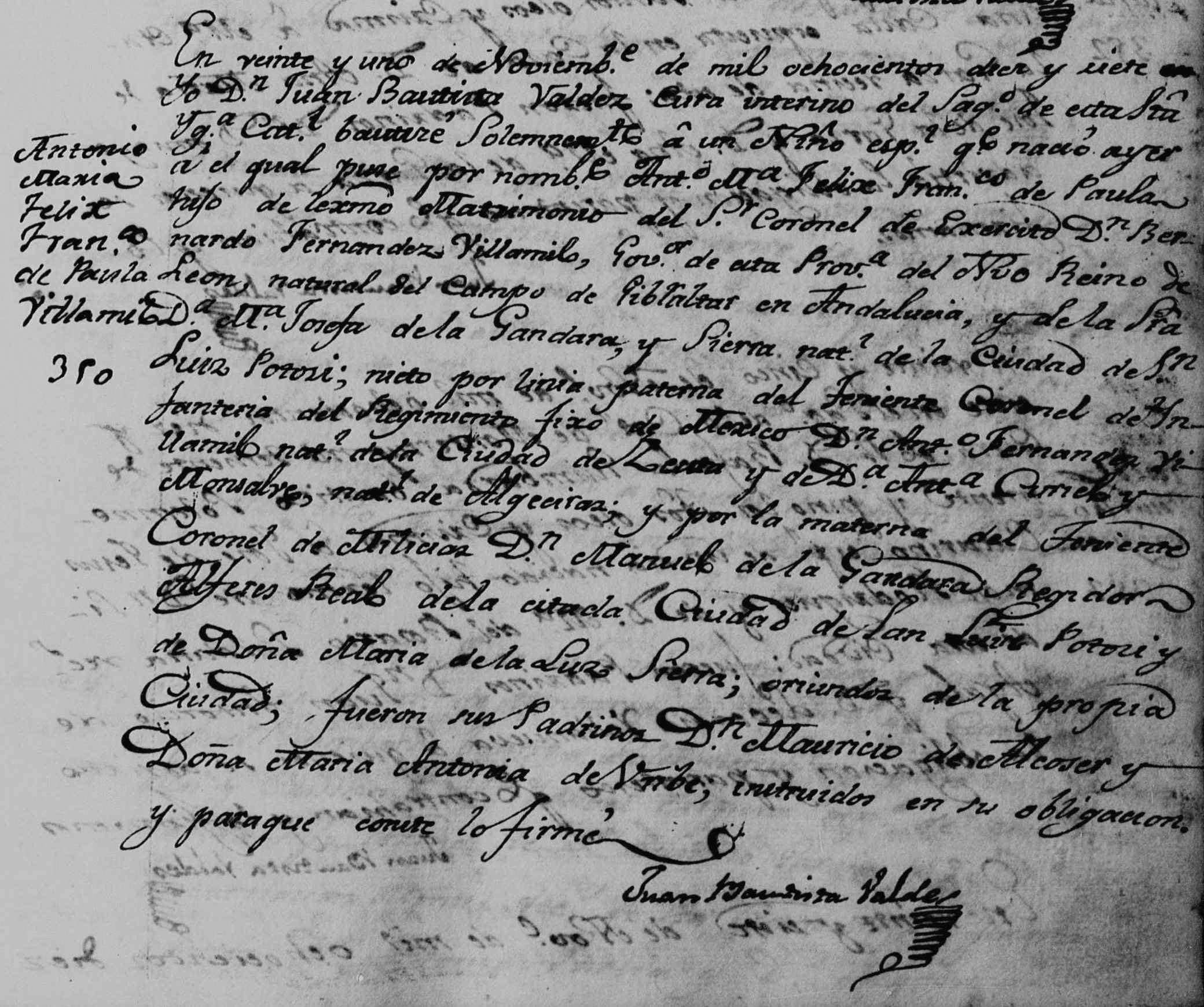
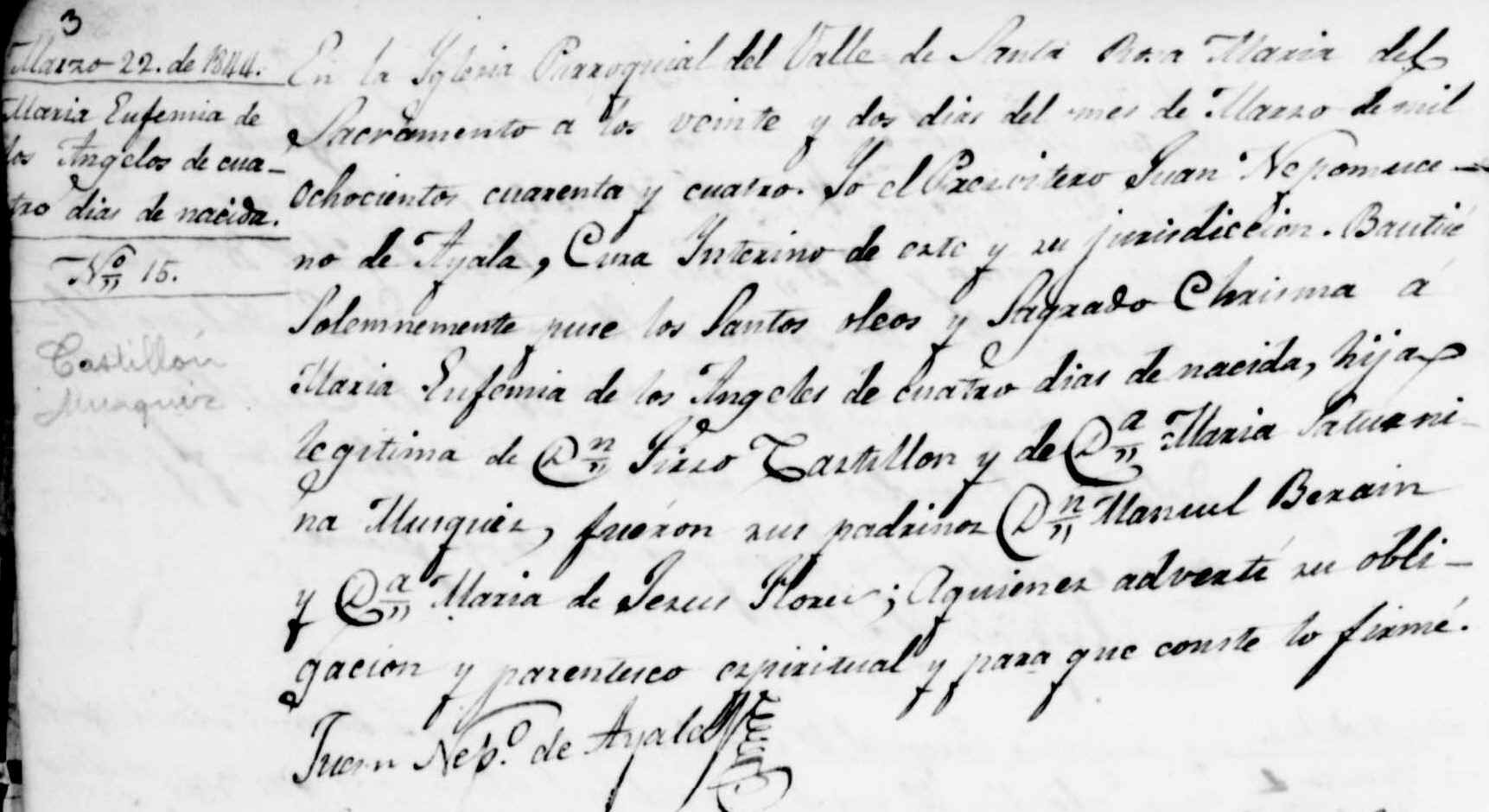
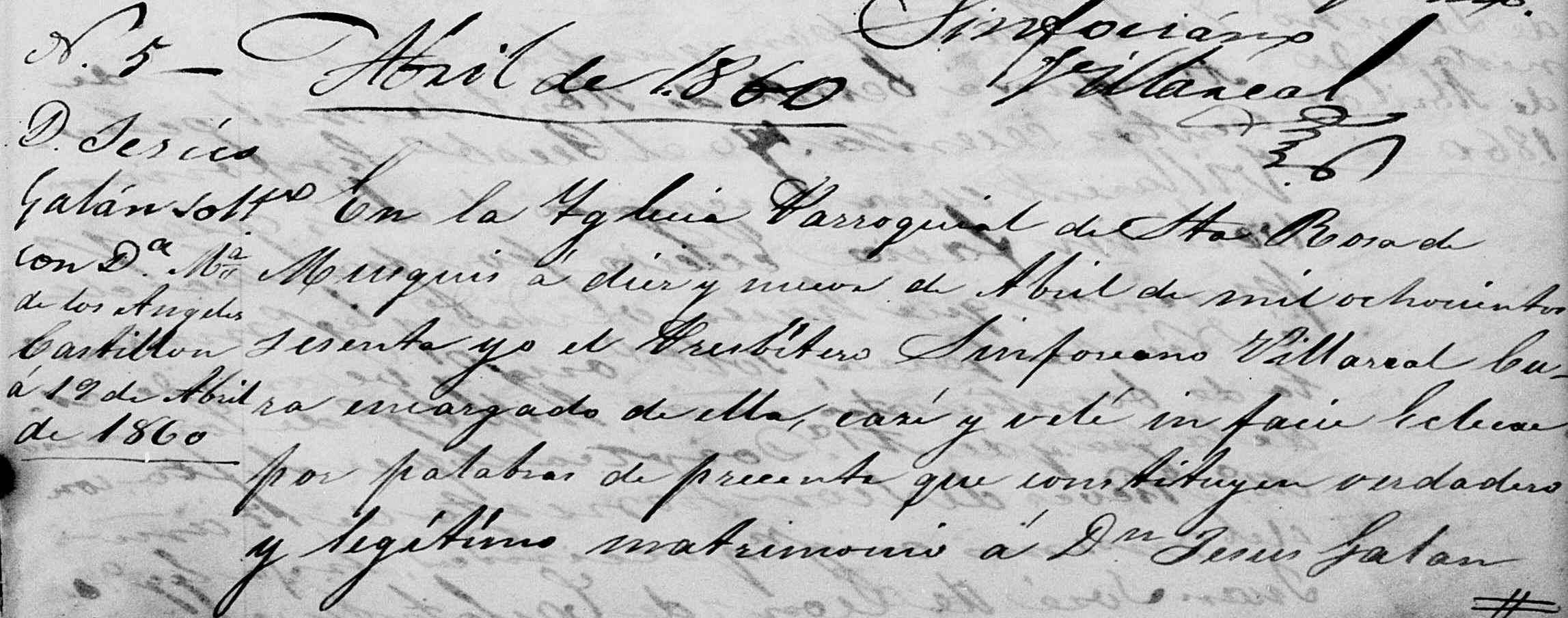
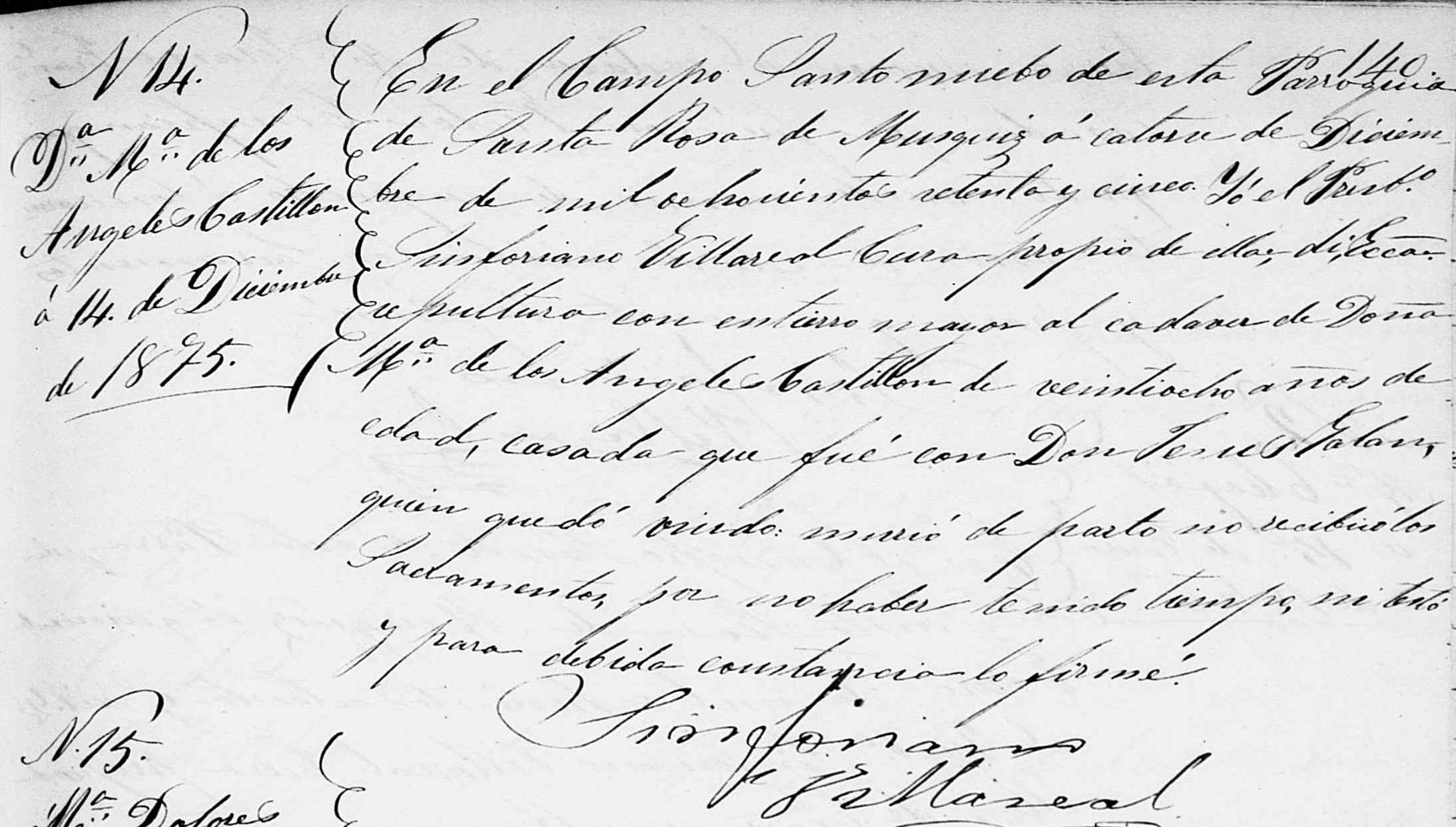
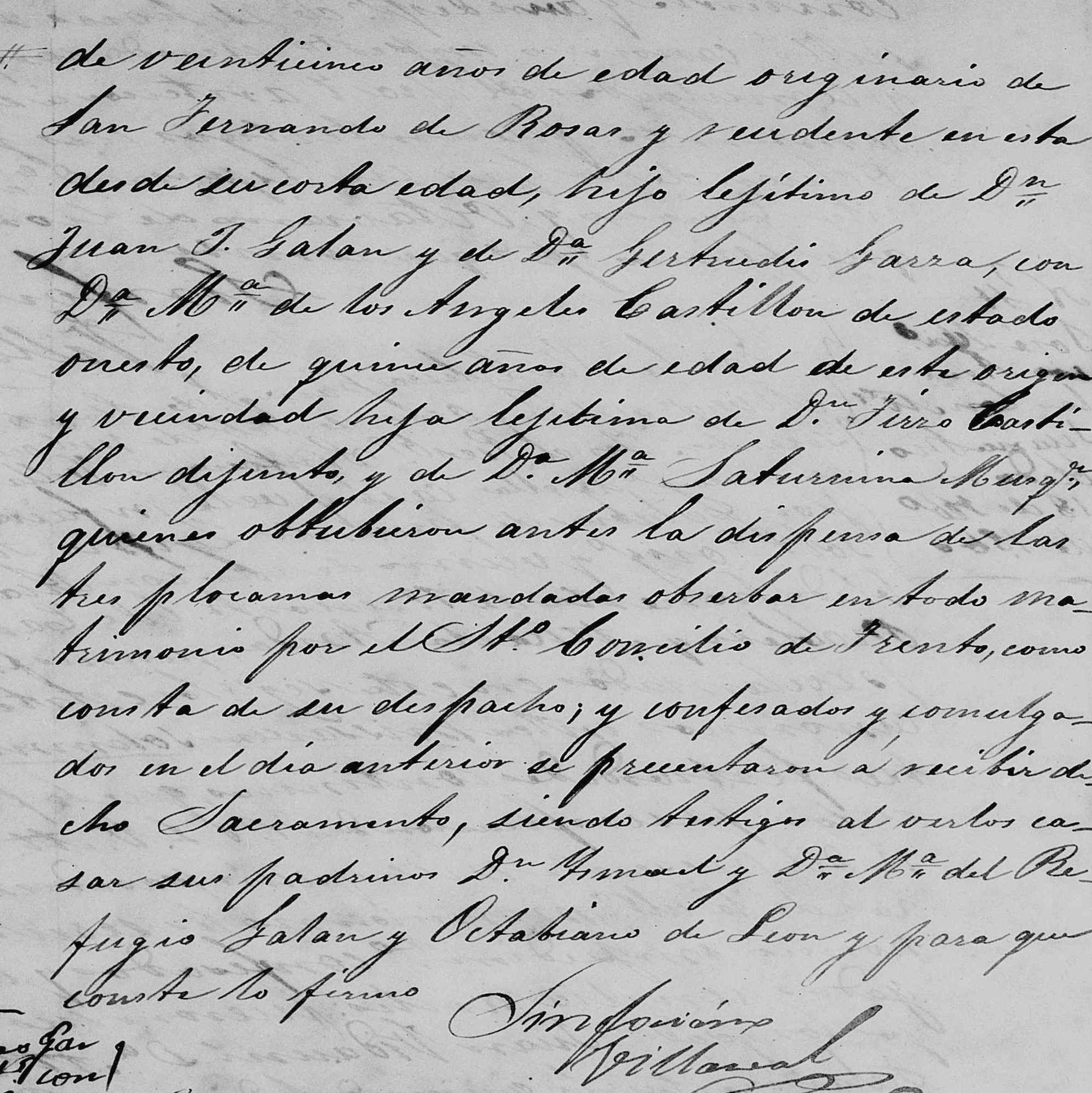

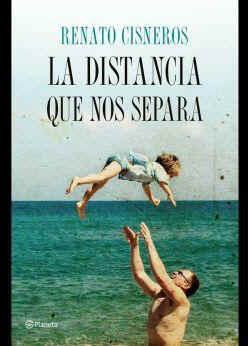
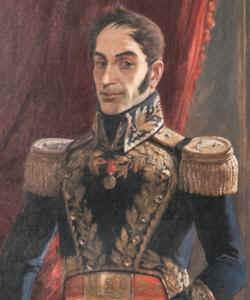
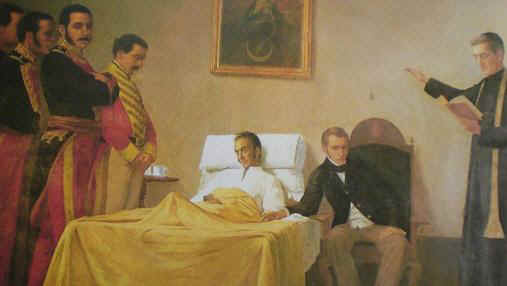 Calcula el investigador Harold Sims
(autor de «La Descolonización de México») que, entre los años 1827 y 1829, fueron expulsados de México en razón de su origen español 7.148 personas. En 1830 quedaban ya menos de 2.000 españoles en esa
región.
Los principales receptores de este éxodo fueron Estados
Unidos, Filipinas, Cuba, Puerto Rico y Europa.
No así las islas británicas. Los peninsulares, a pesar de la supuesta amistad con
Inglaterra, eran recibidos por las autoridades británicas en el Caribe con
La Muerte del Liberador
Simóon Bolivar
Calcula el investigador Harold Sims
(autor de «La Descolonización de México») que, entre los años 1827 y 1829, fueron expulsados de México en razón de su origen español 7.148 personas. En 1830 quedaban ya menos de 2.000 españoles en esa
región.
Los principales receptores de este éxodo fueron Estados
Unidos, Filipinas, Cuba, Puerto Rico y Europa.
No así las islas británicas. Los peninsulares, a pesar de la supuesta amistad con
Inglaterra, eran recibidos por las autoridades británicas en el Caribe con
La Muerte del Liberador
Simóon Bolivar 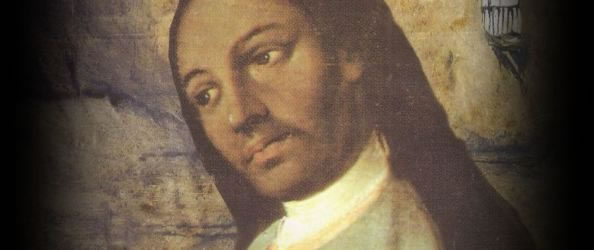
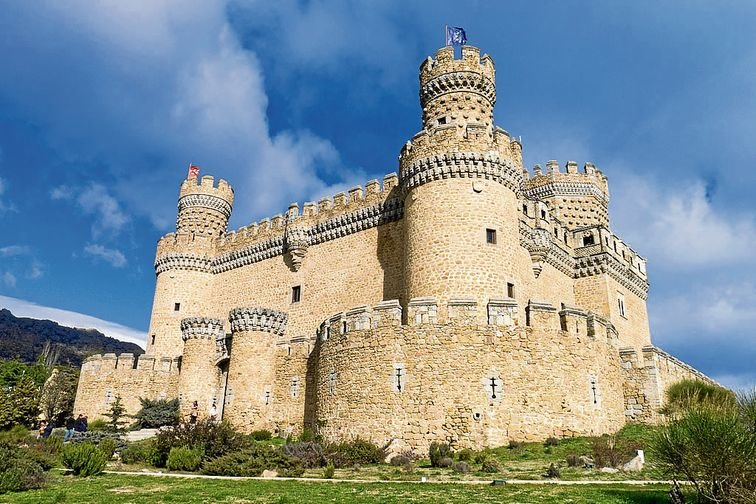
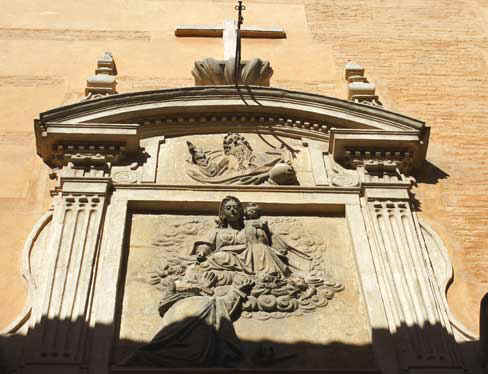
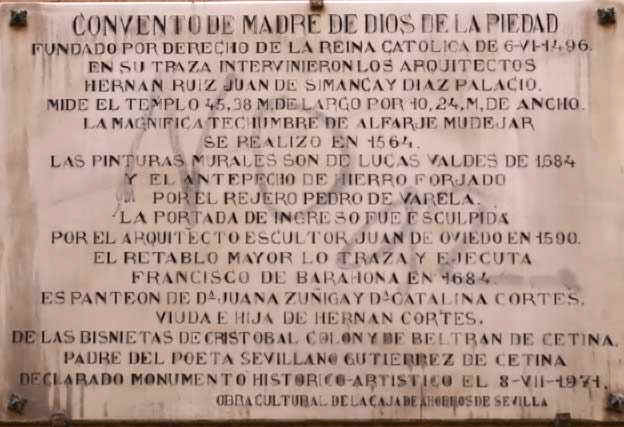
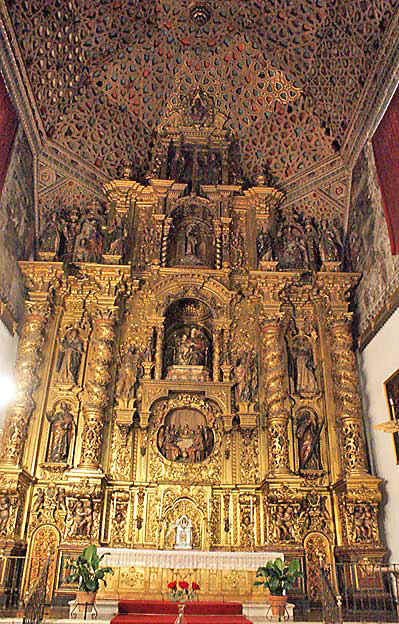
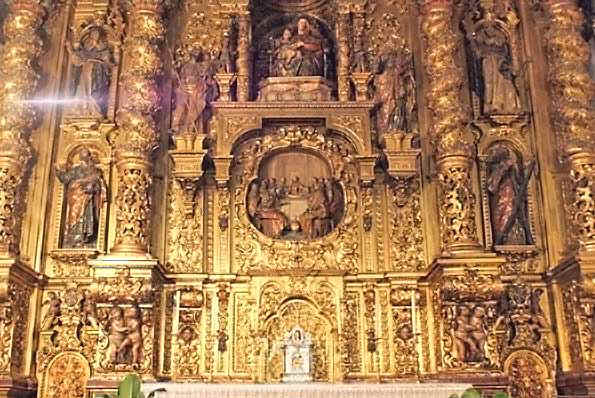
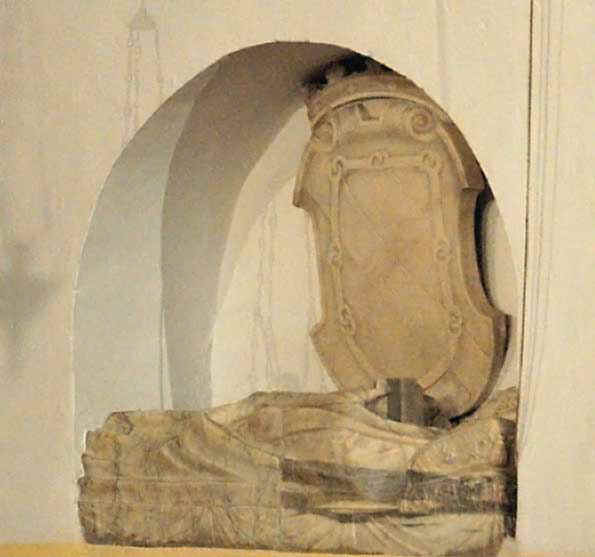
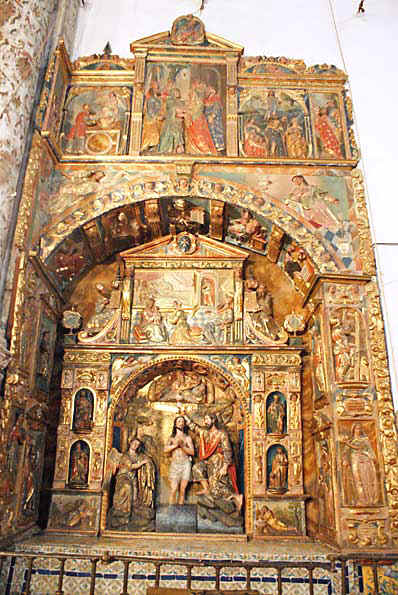
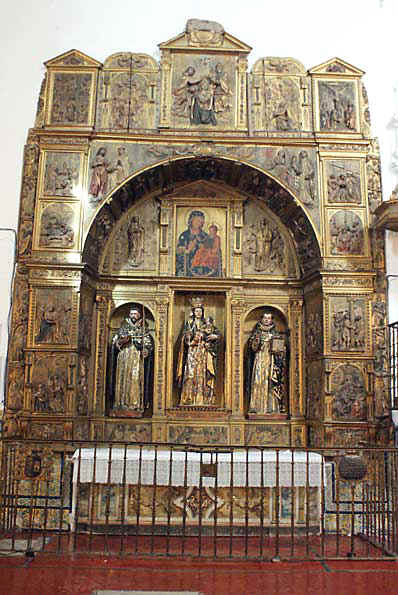


August 2, 2011
"The world is really un-informed to the facts presented here. There is no such thing as “The Palestinian homeland”. Through out world history the names of countries have been changed many times because of war. The land of Canaan became Israel after Joshua subdued the land. Later 2 kingdoms came out of one, Israel and Juda, which the entire area was later called Judea during the time of Jesus. Not until the Romans changed the name did Israel become “Syria Palaestina”. However, today as it was known in the time of King David, the name of the country is Israel. The so called Palestinians do not have a country called Palestine."